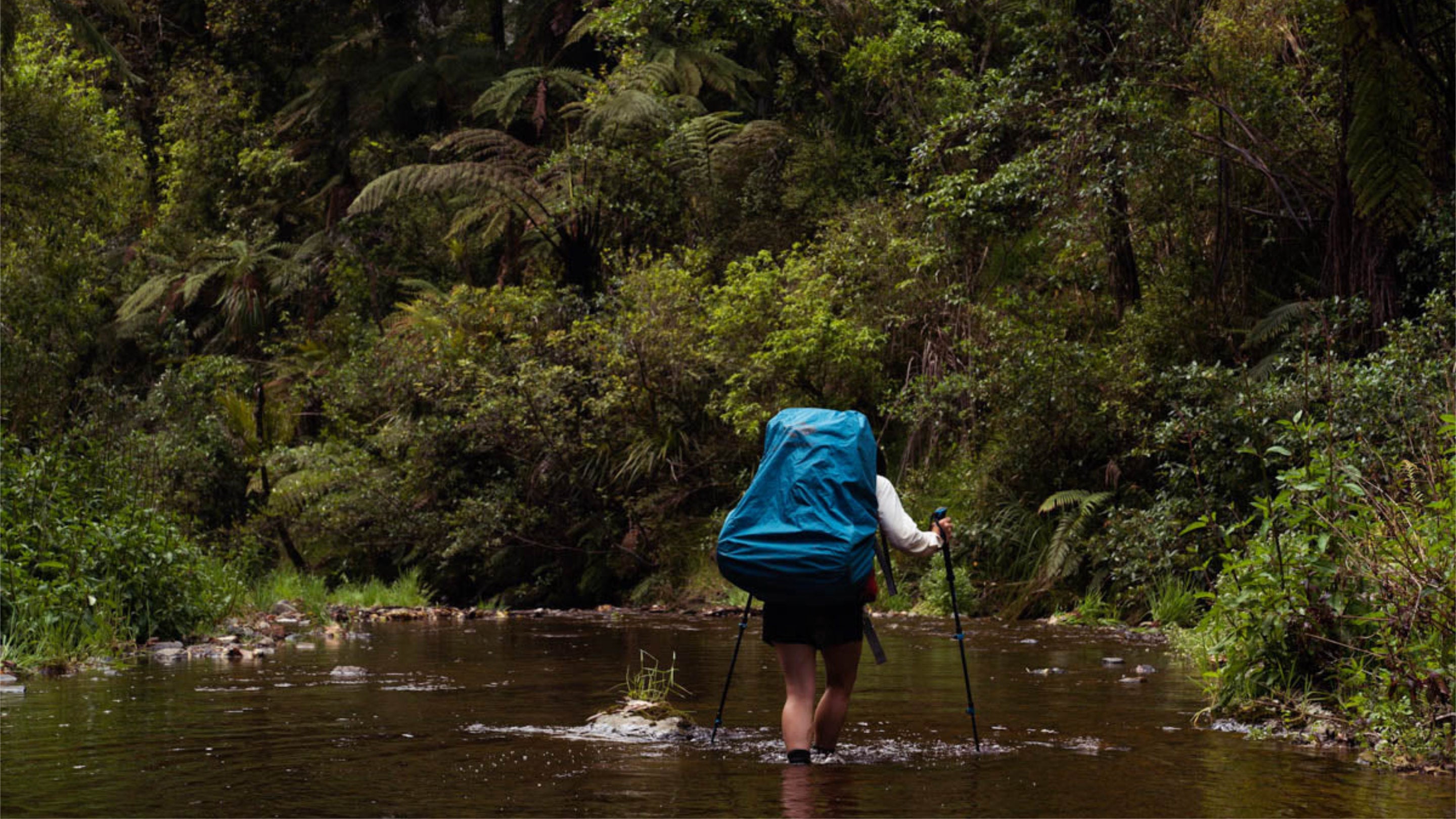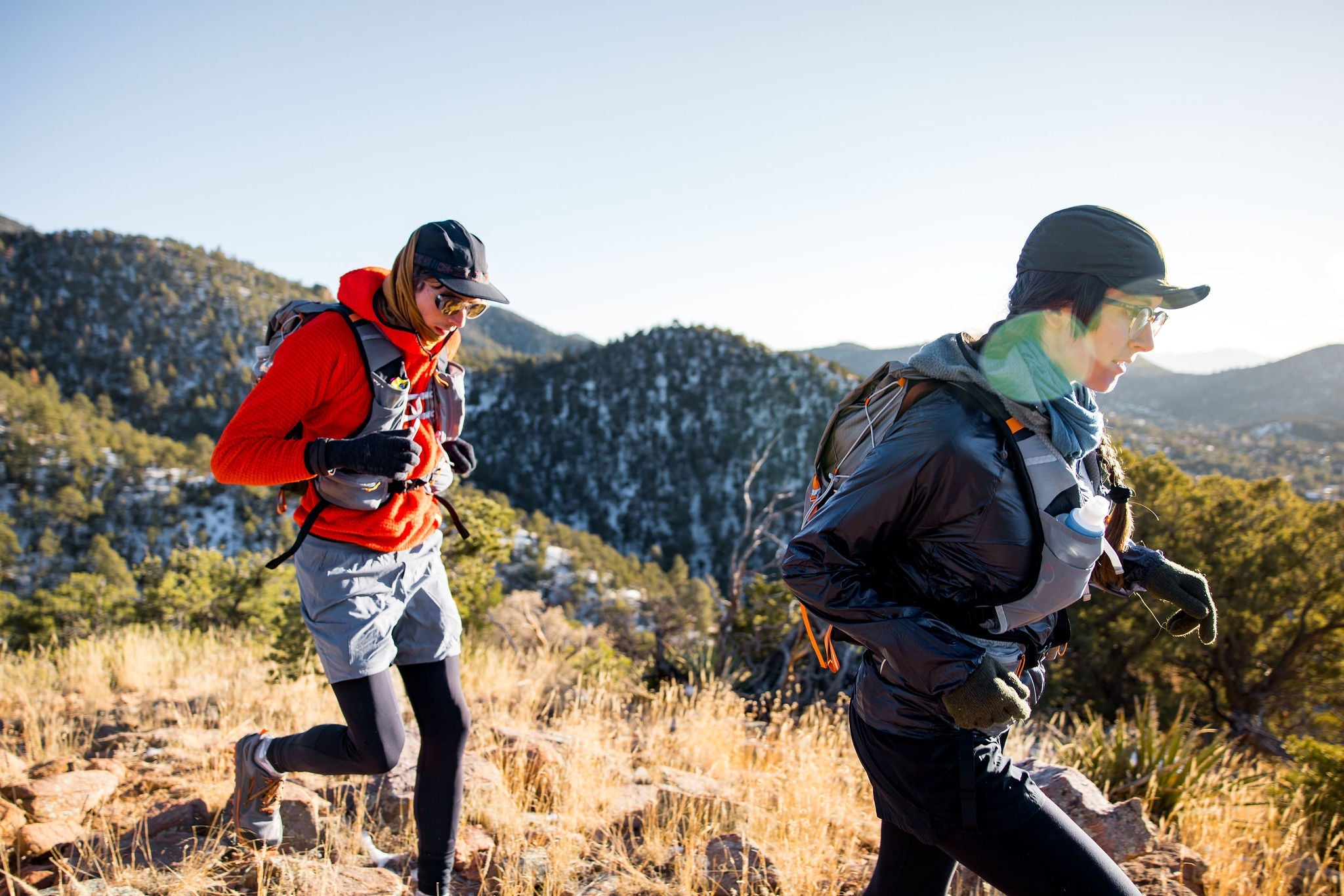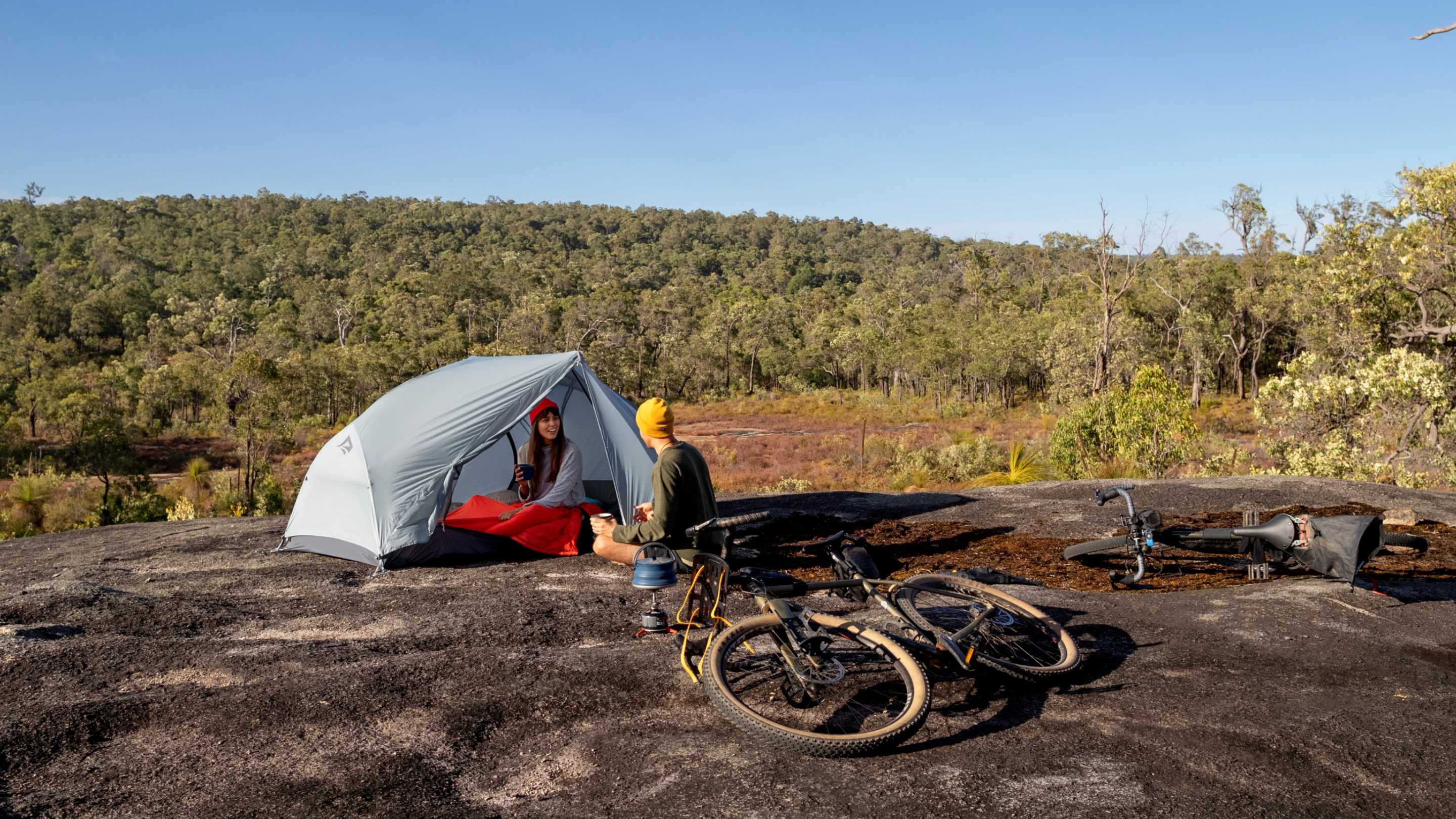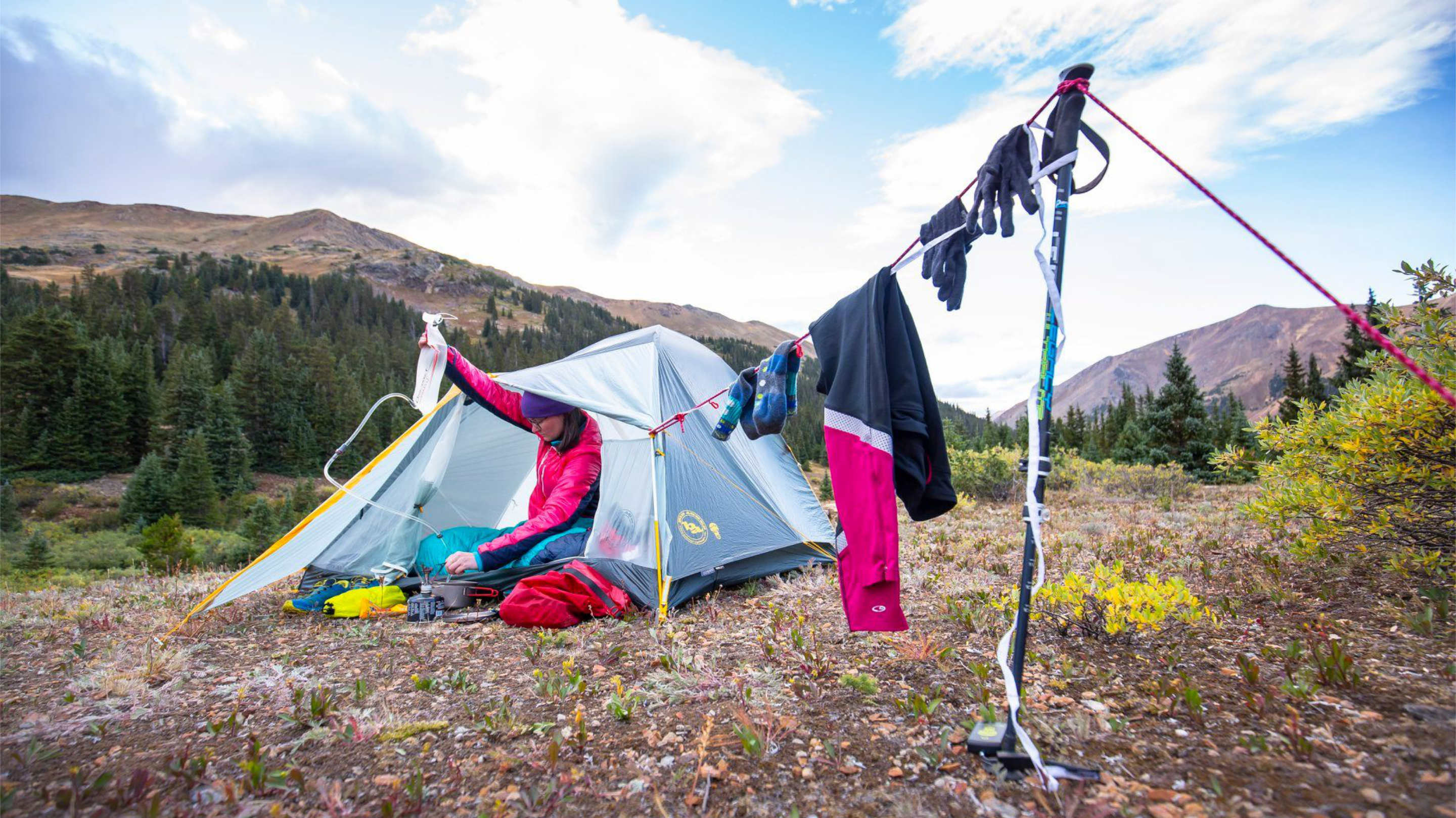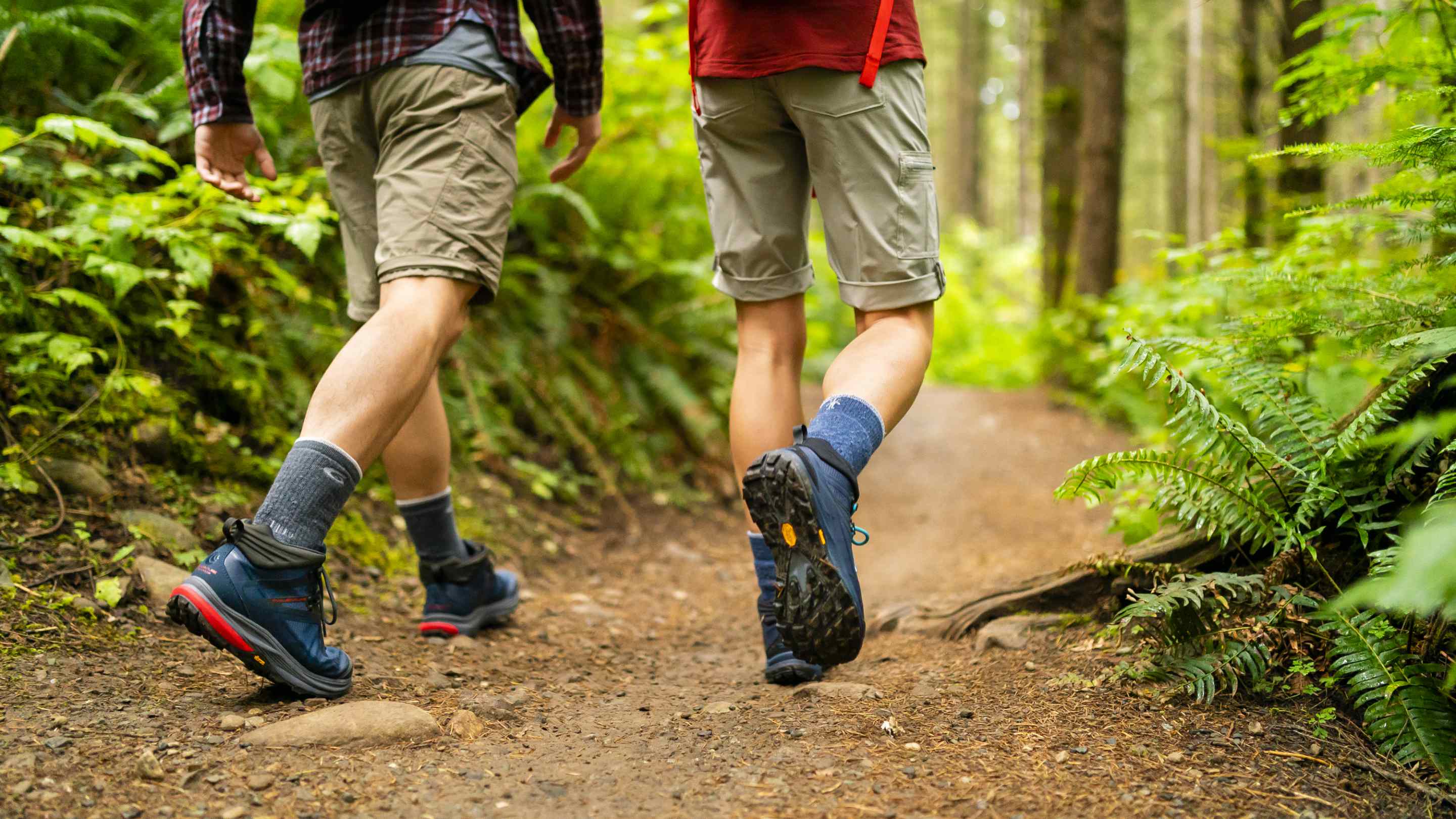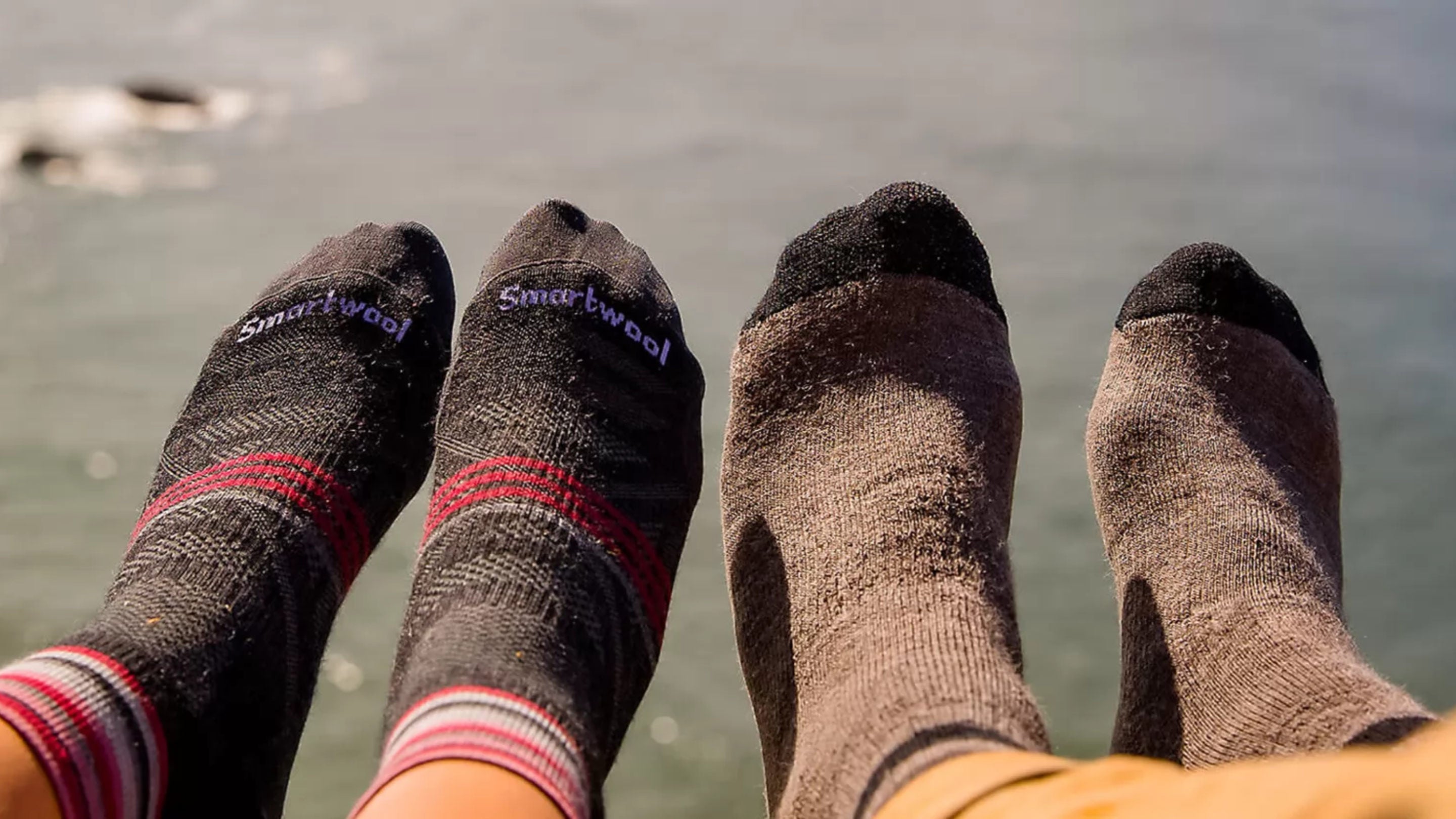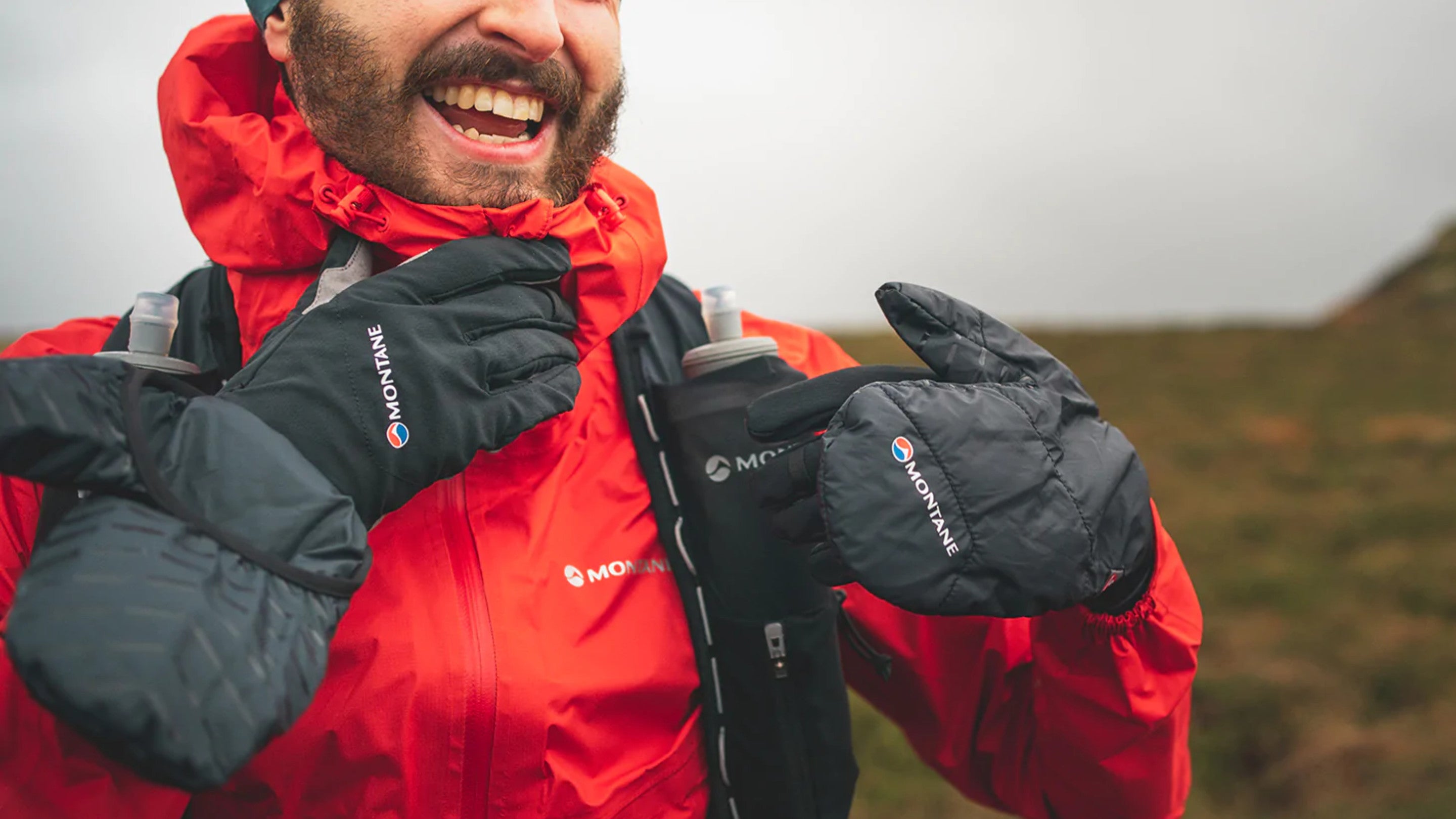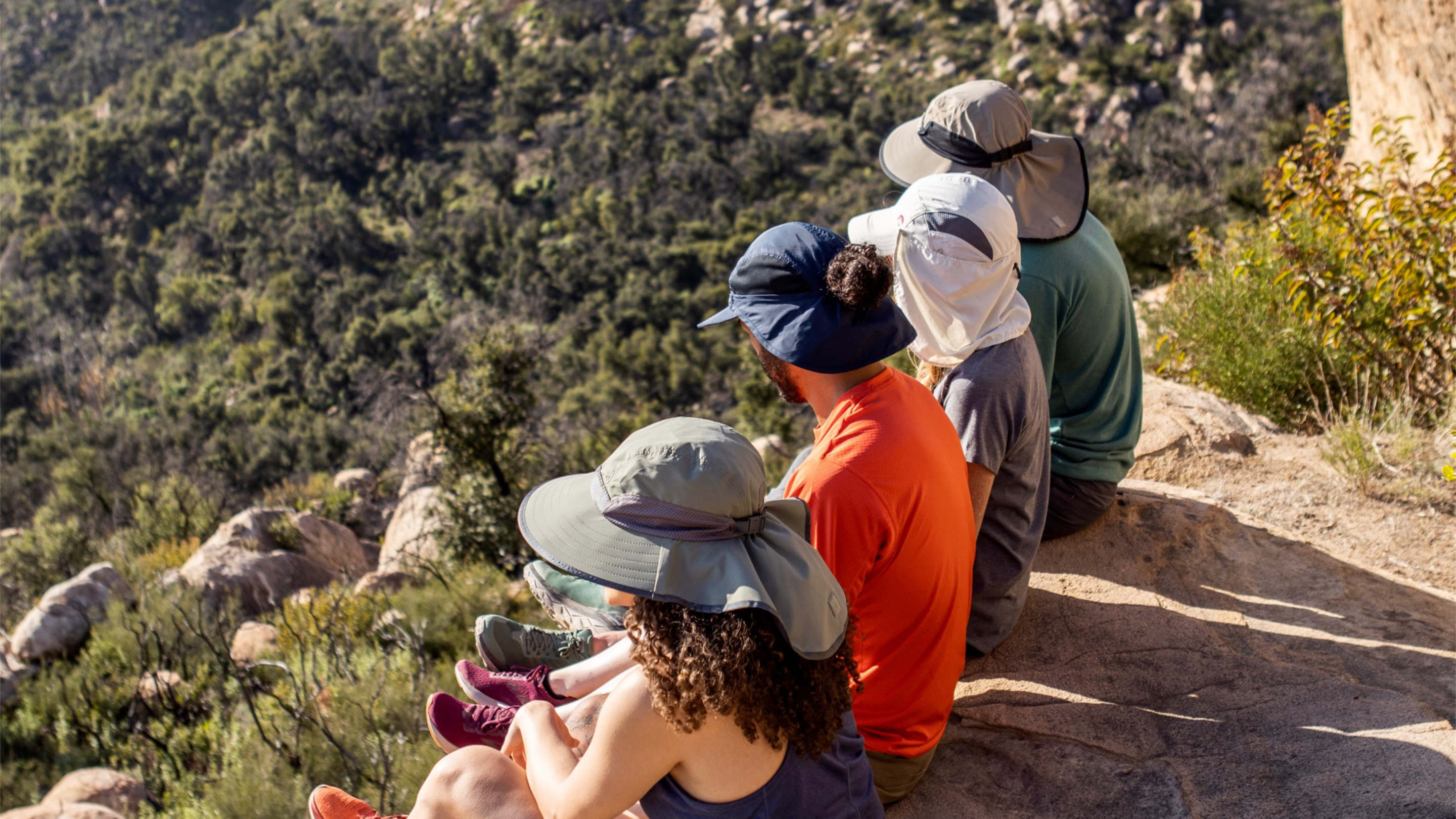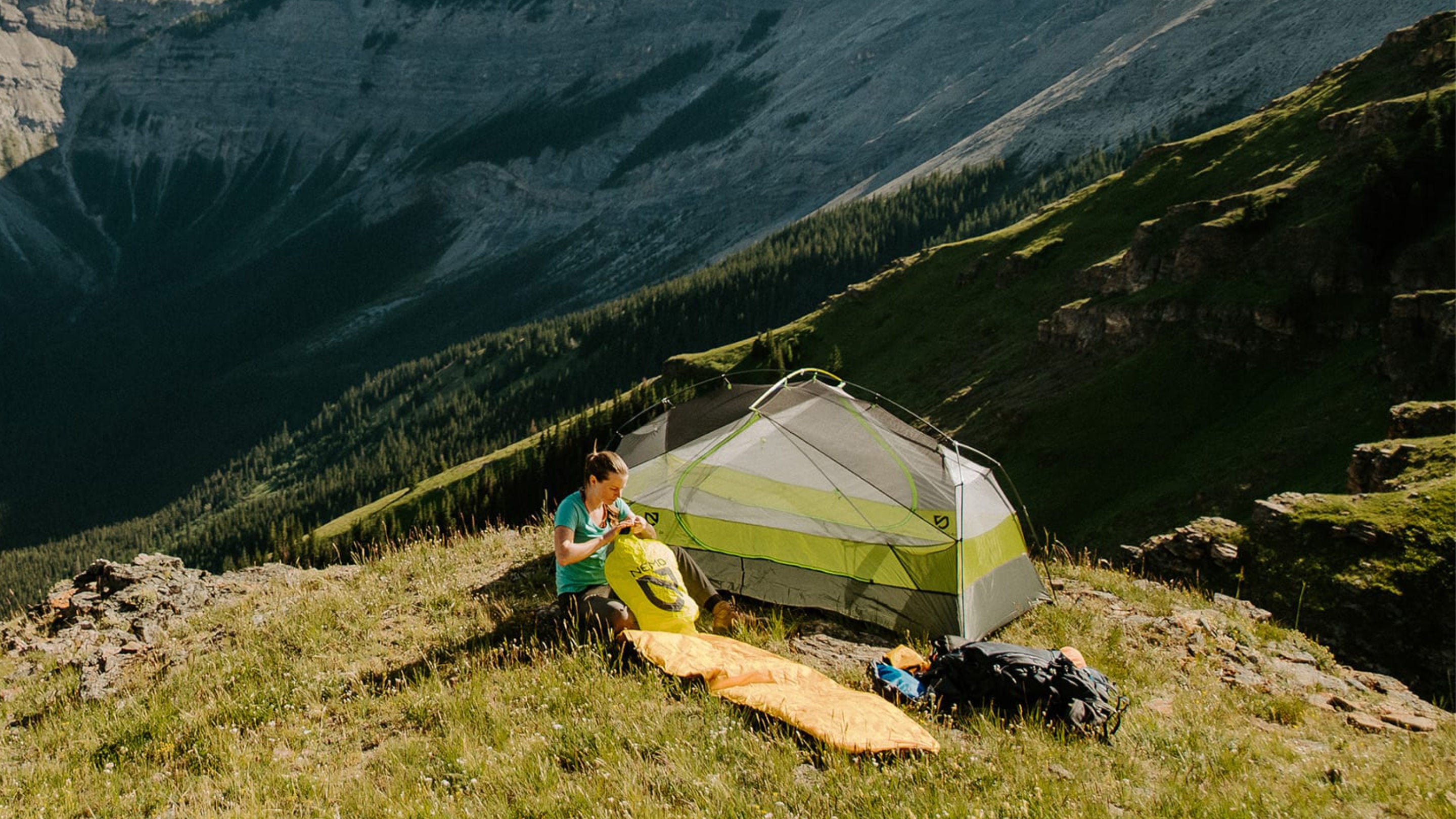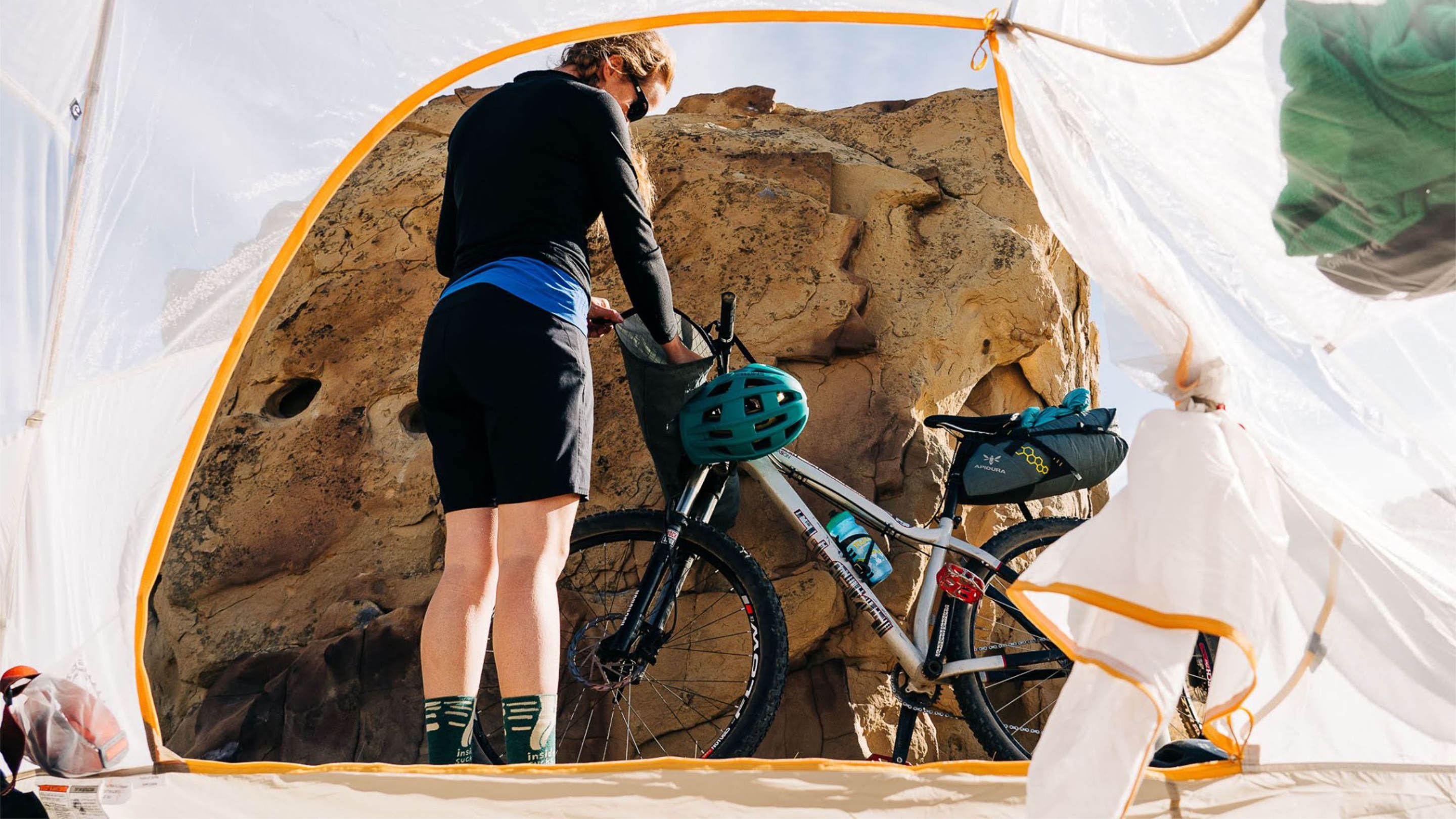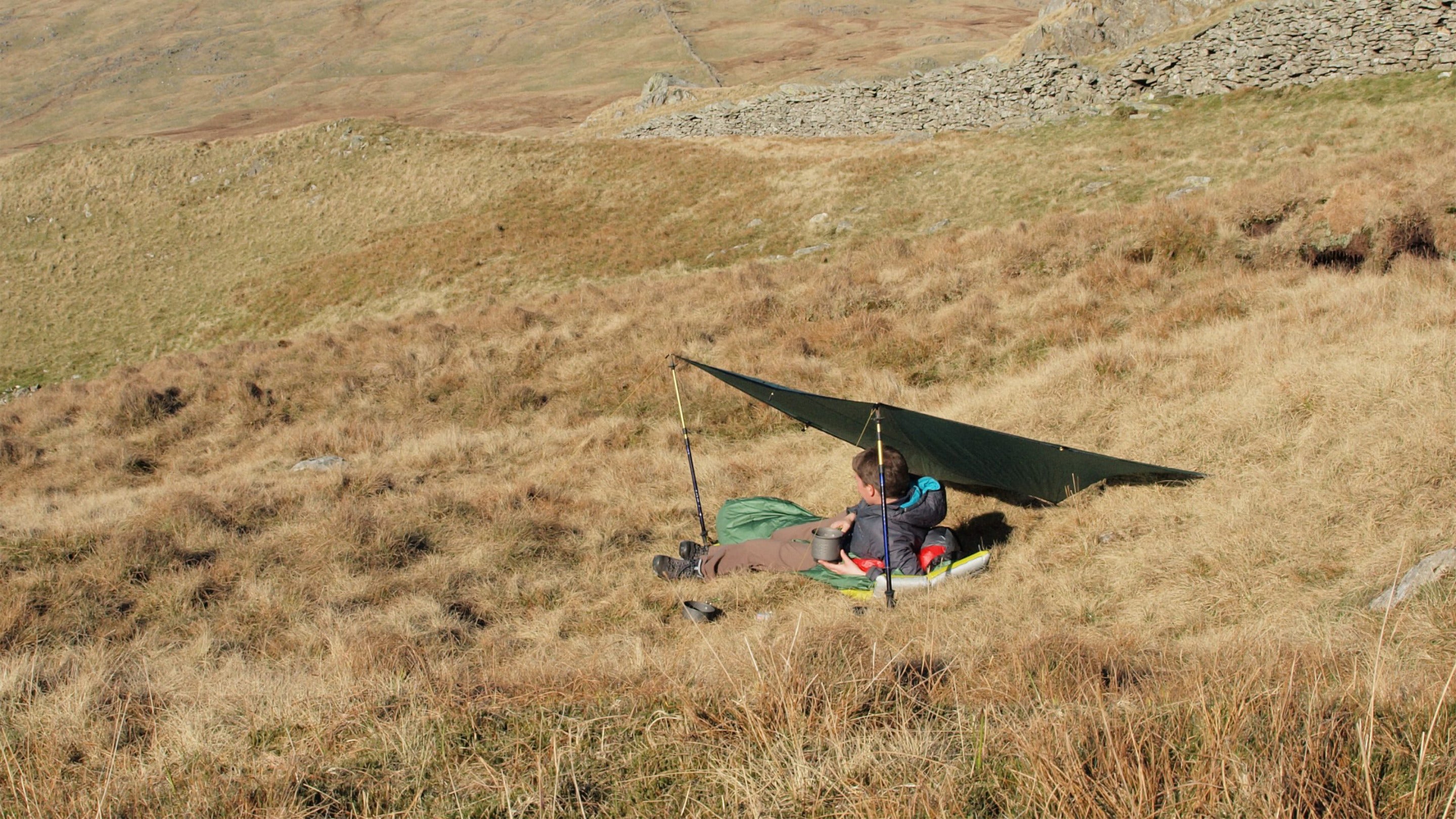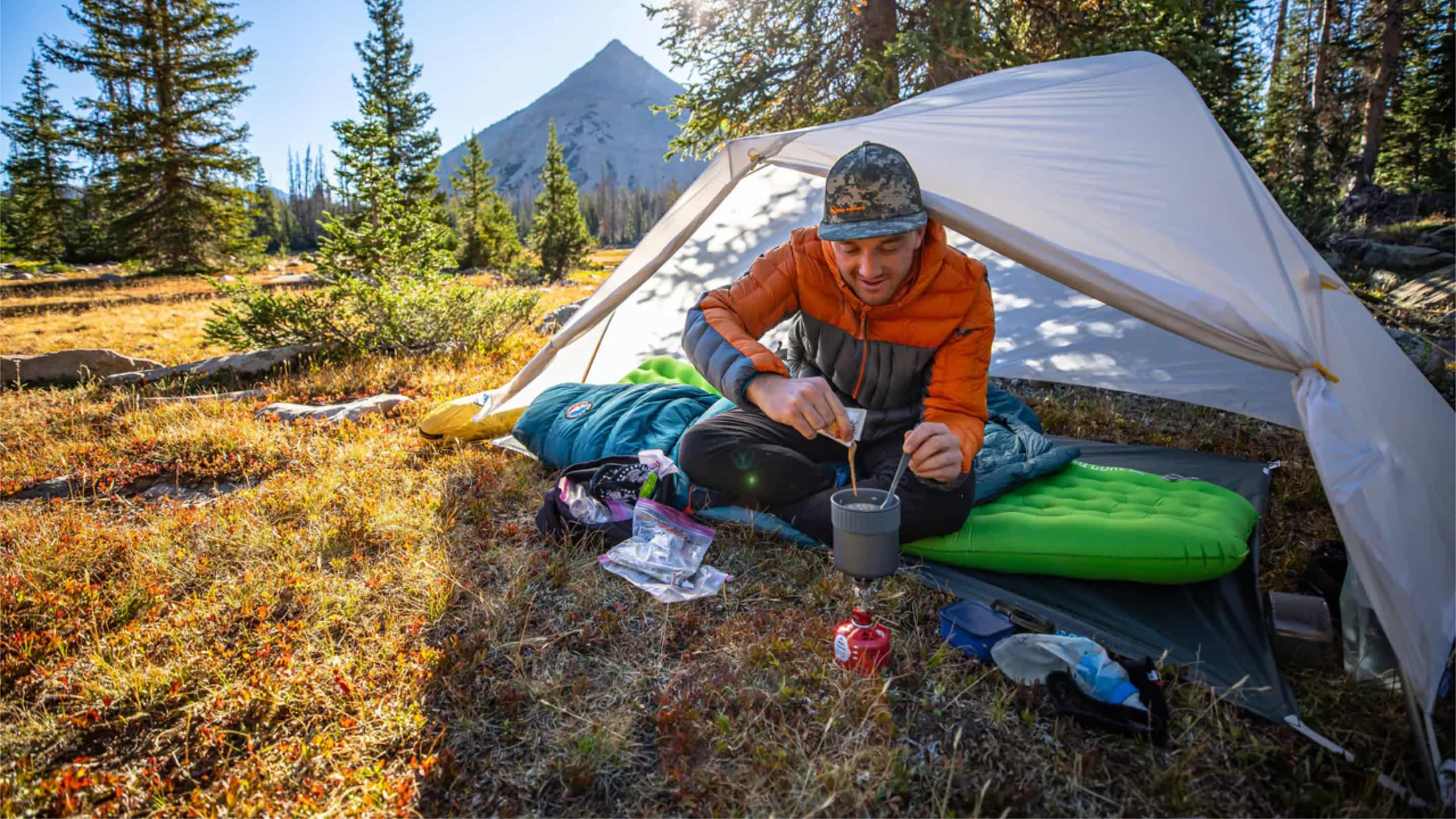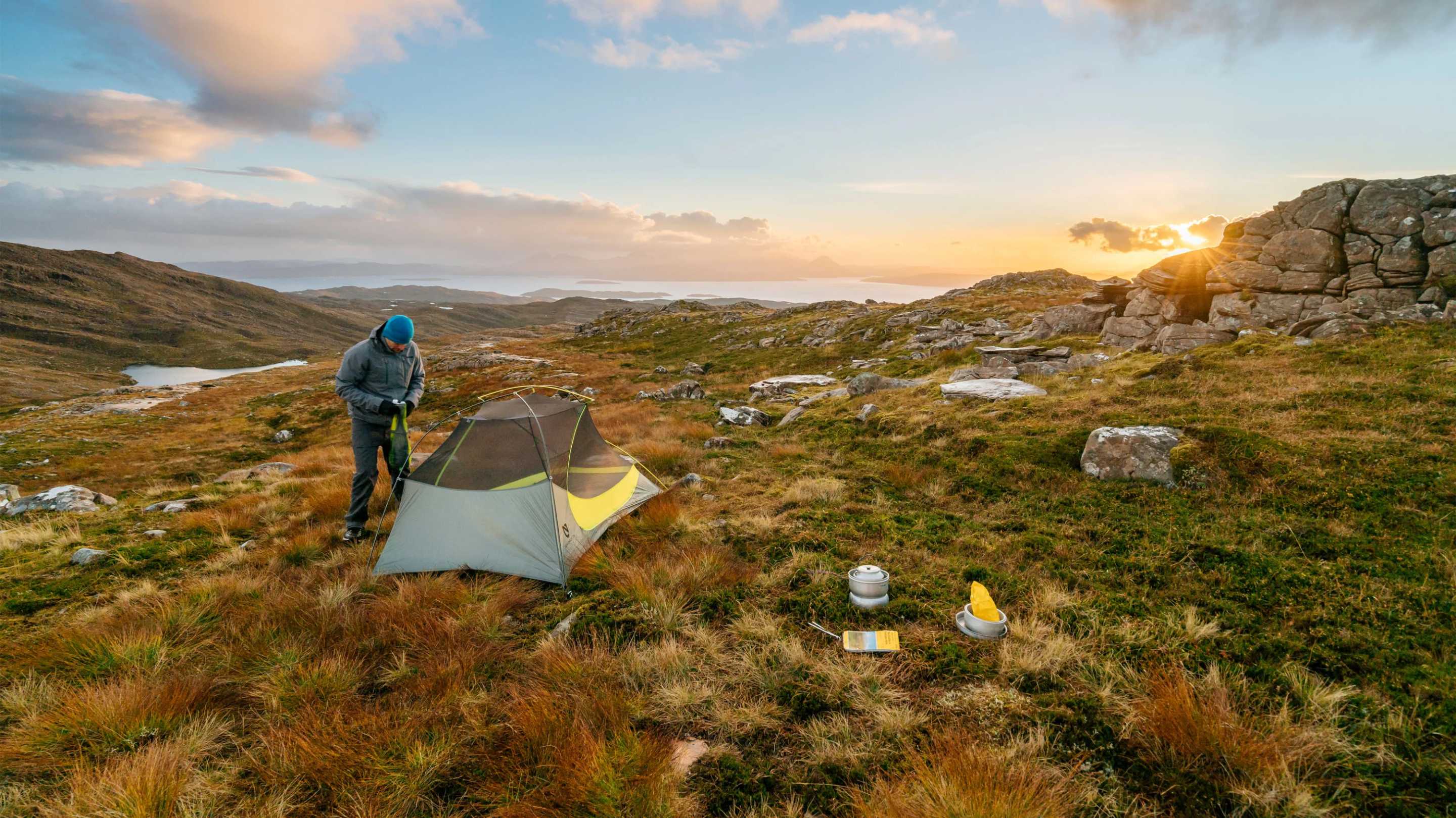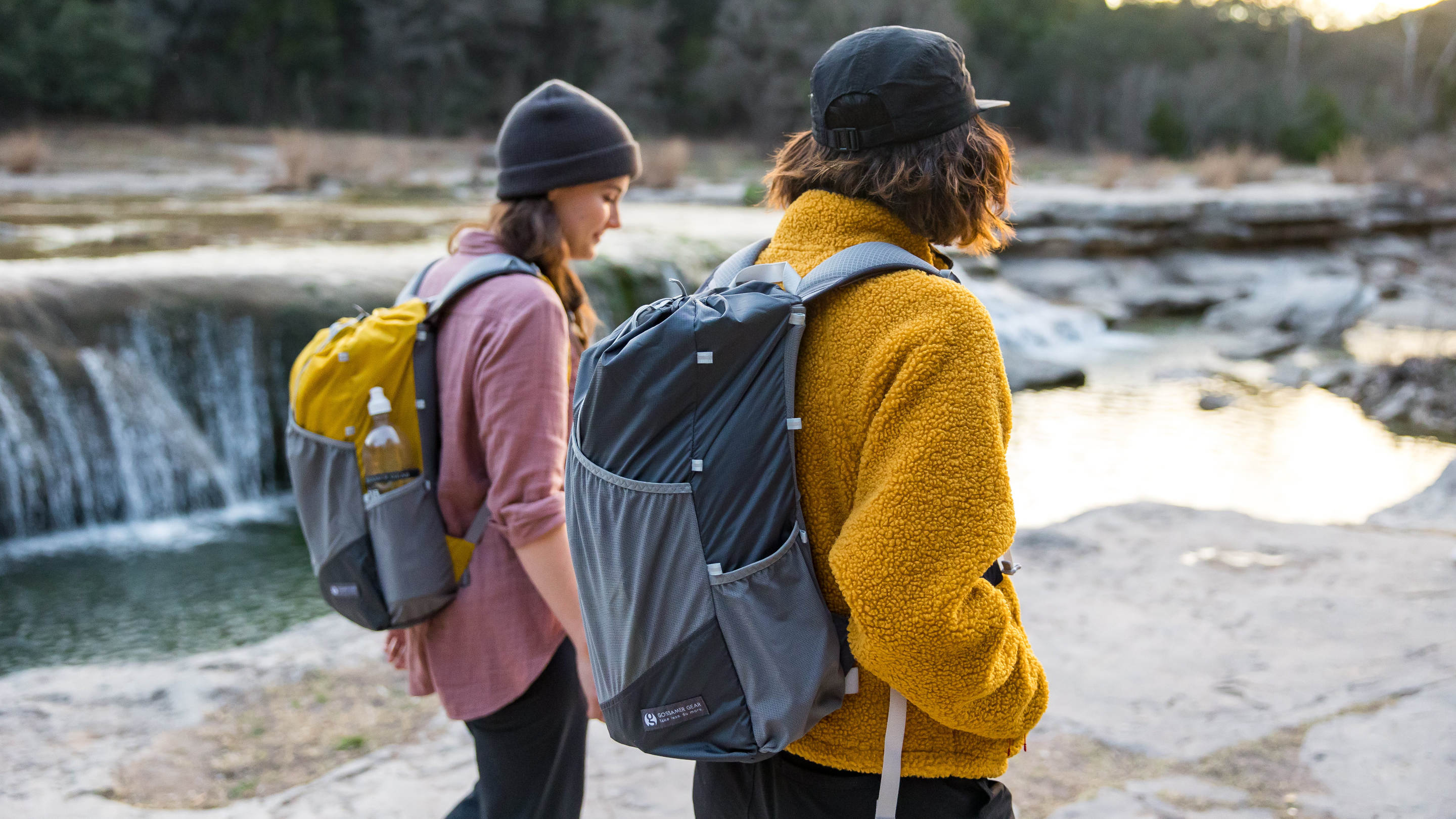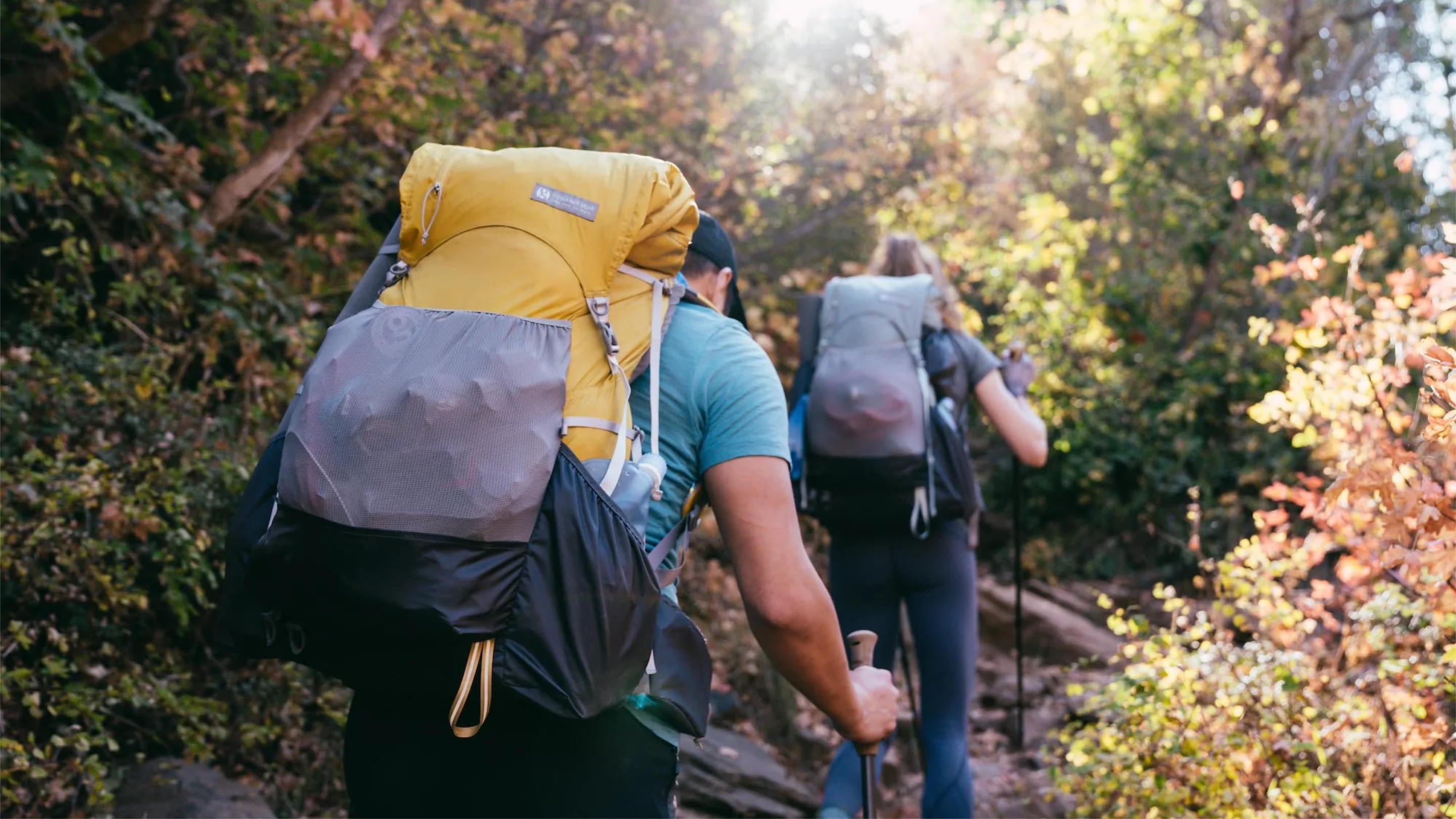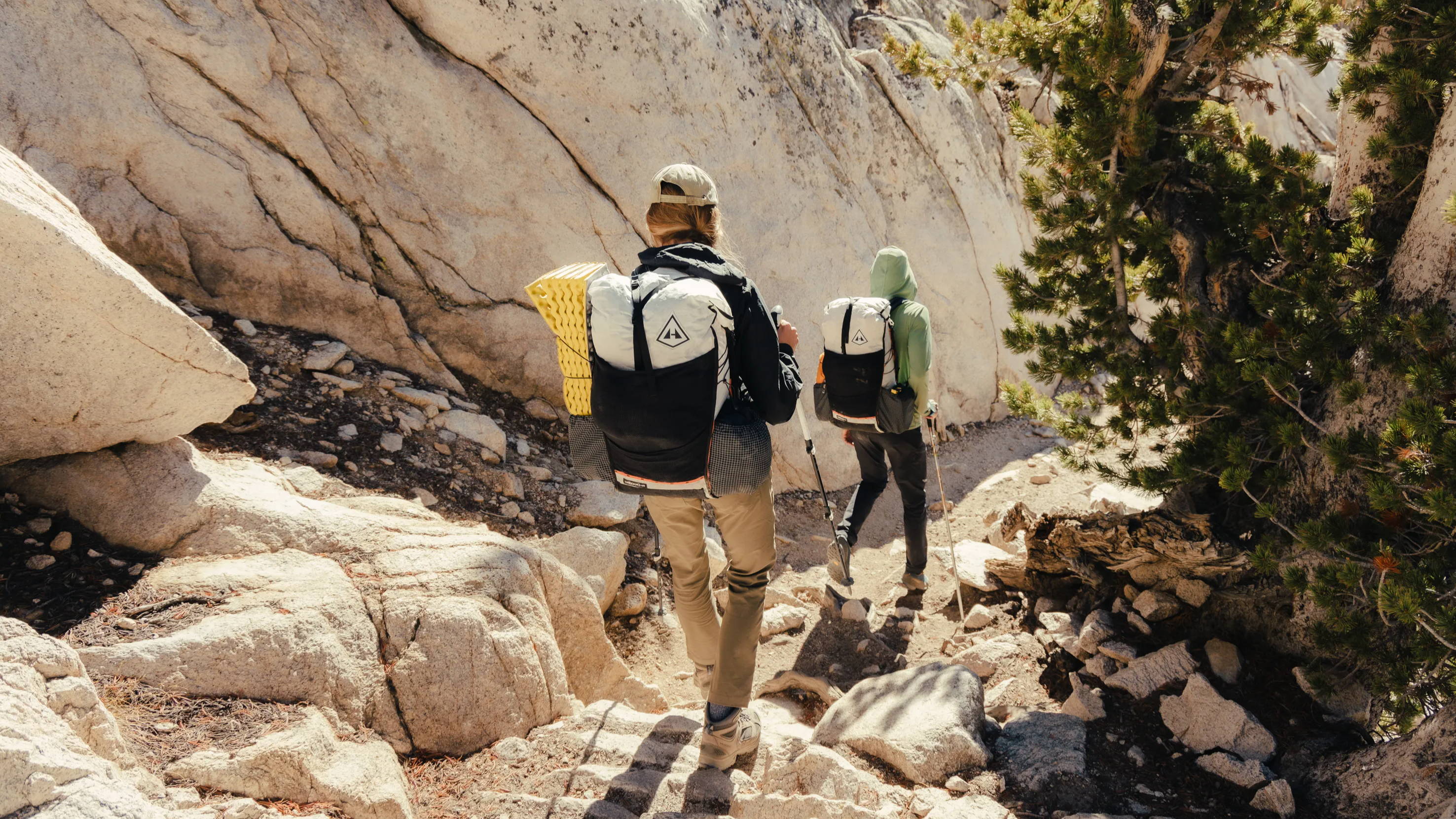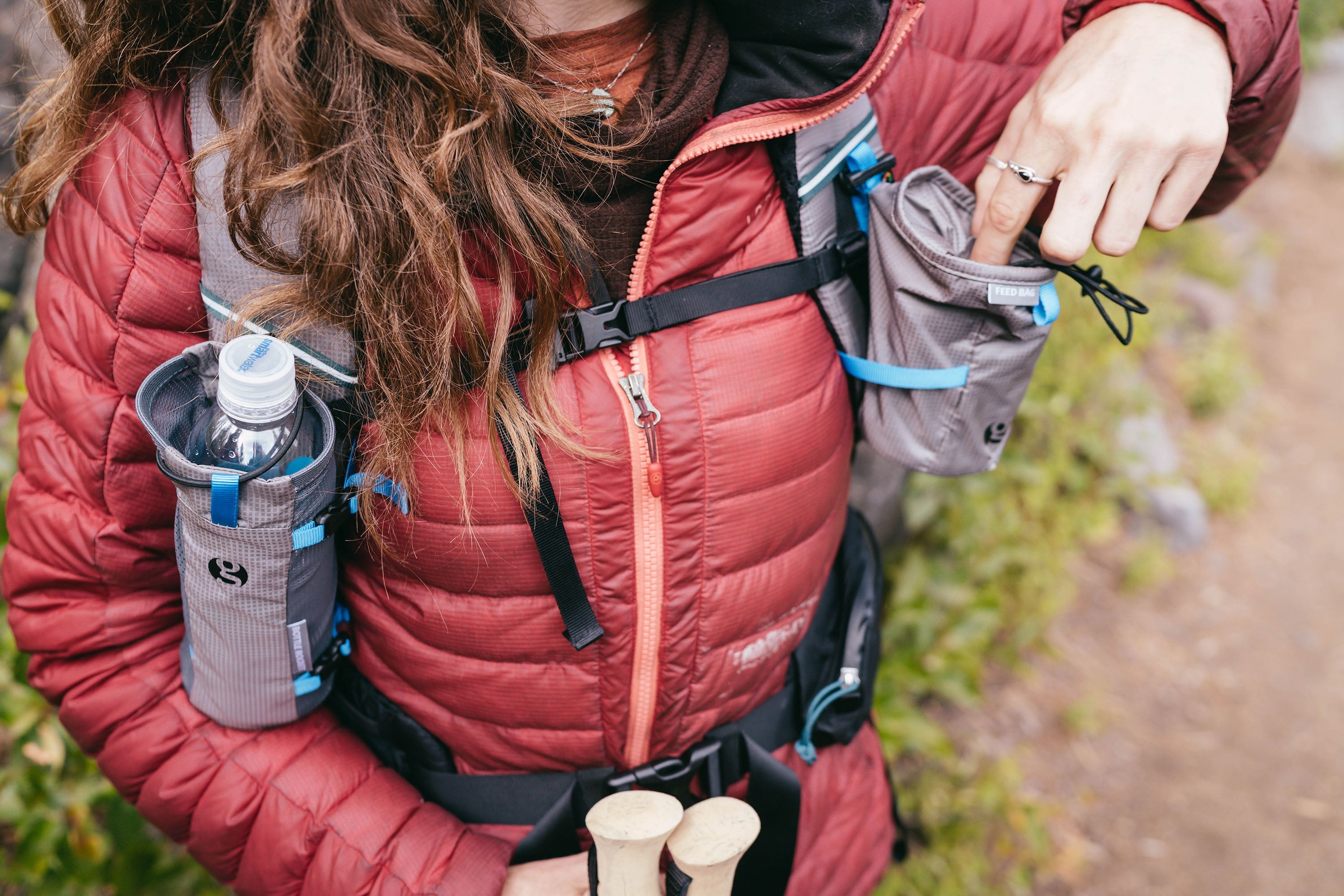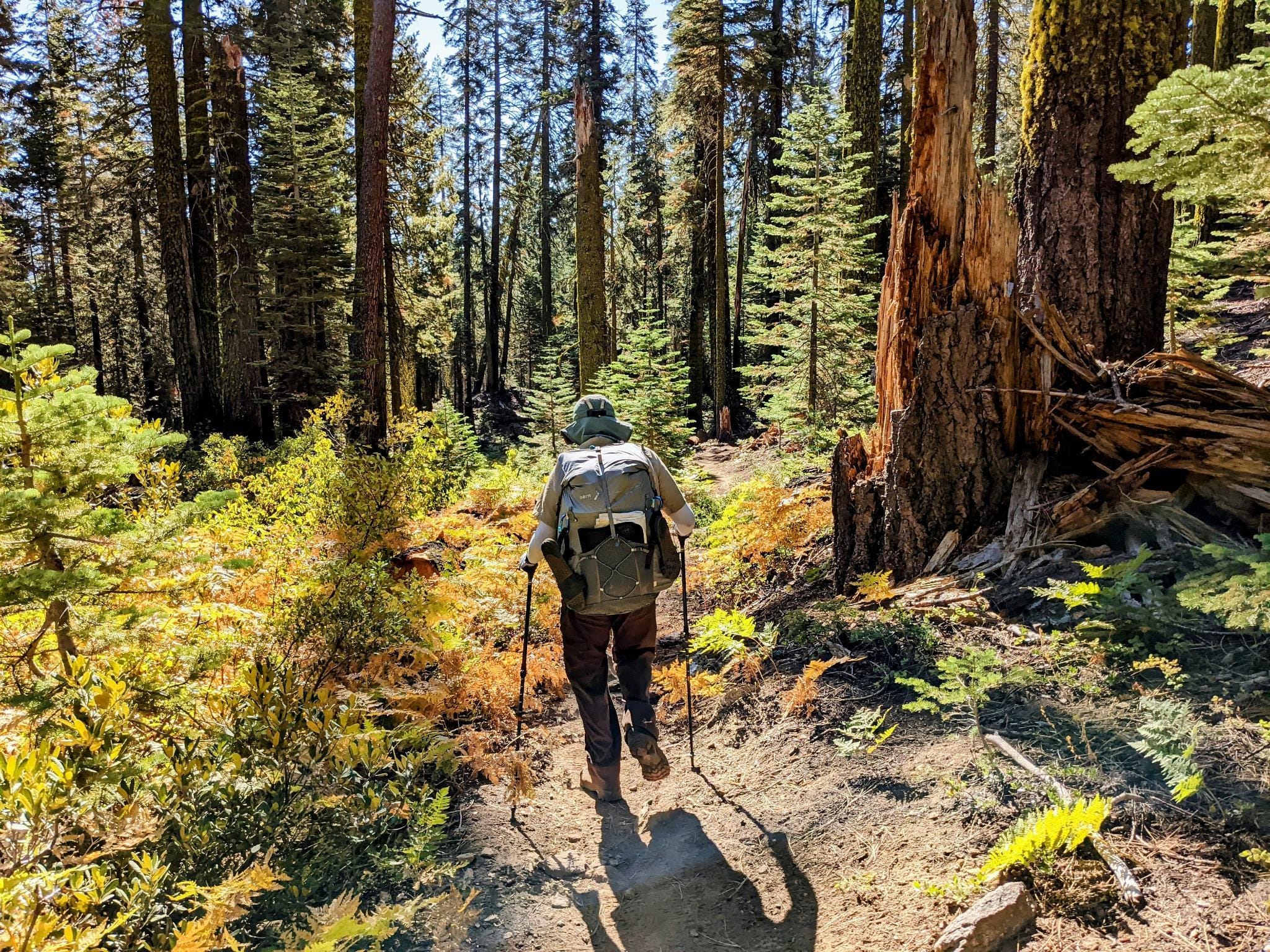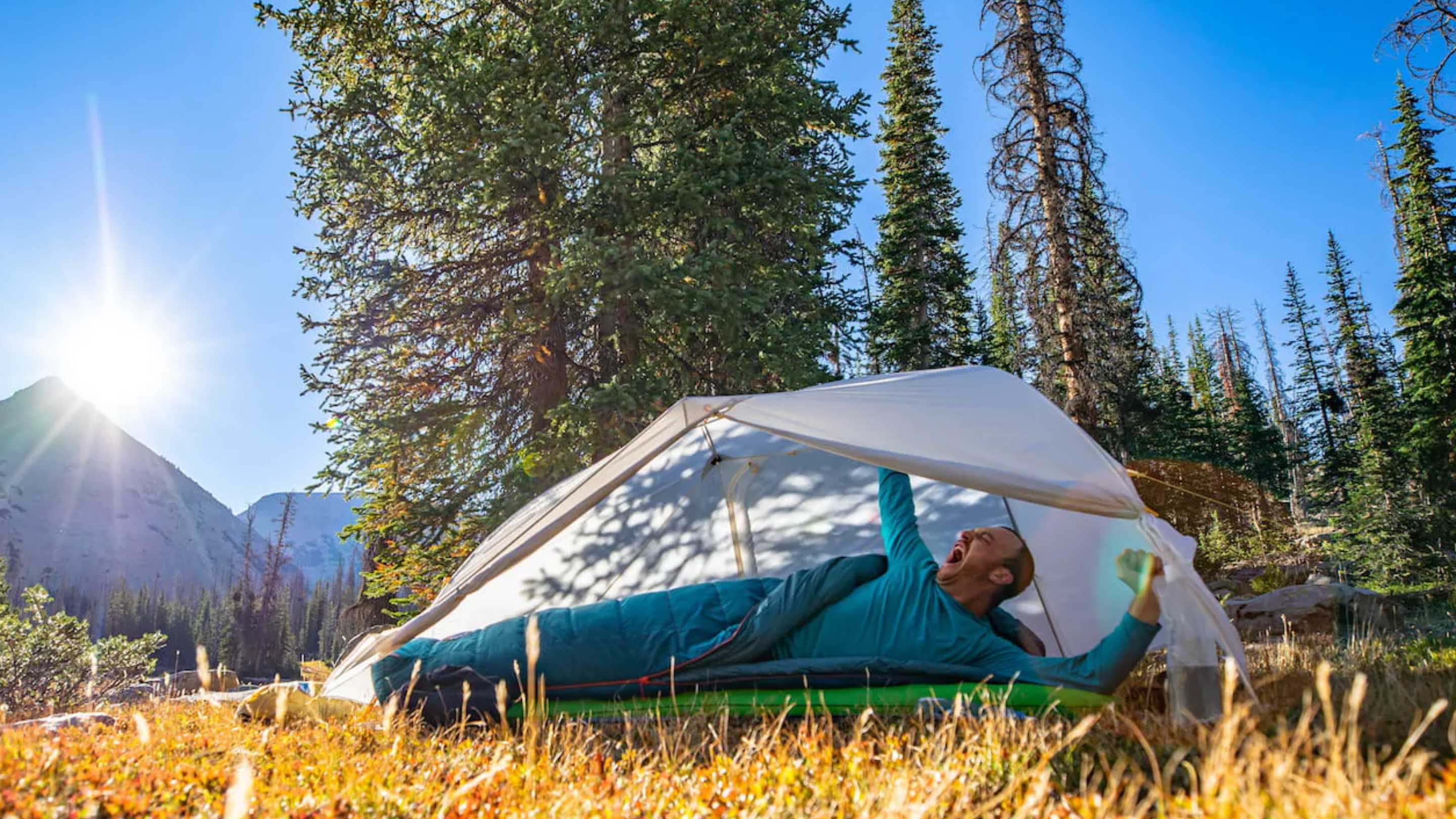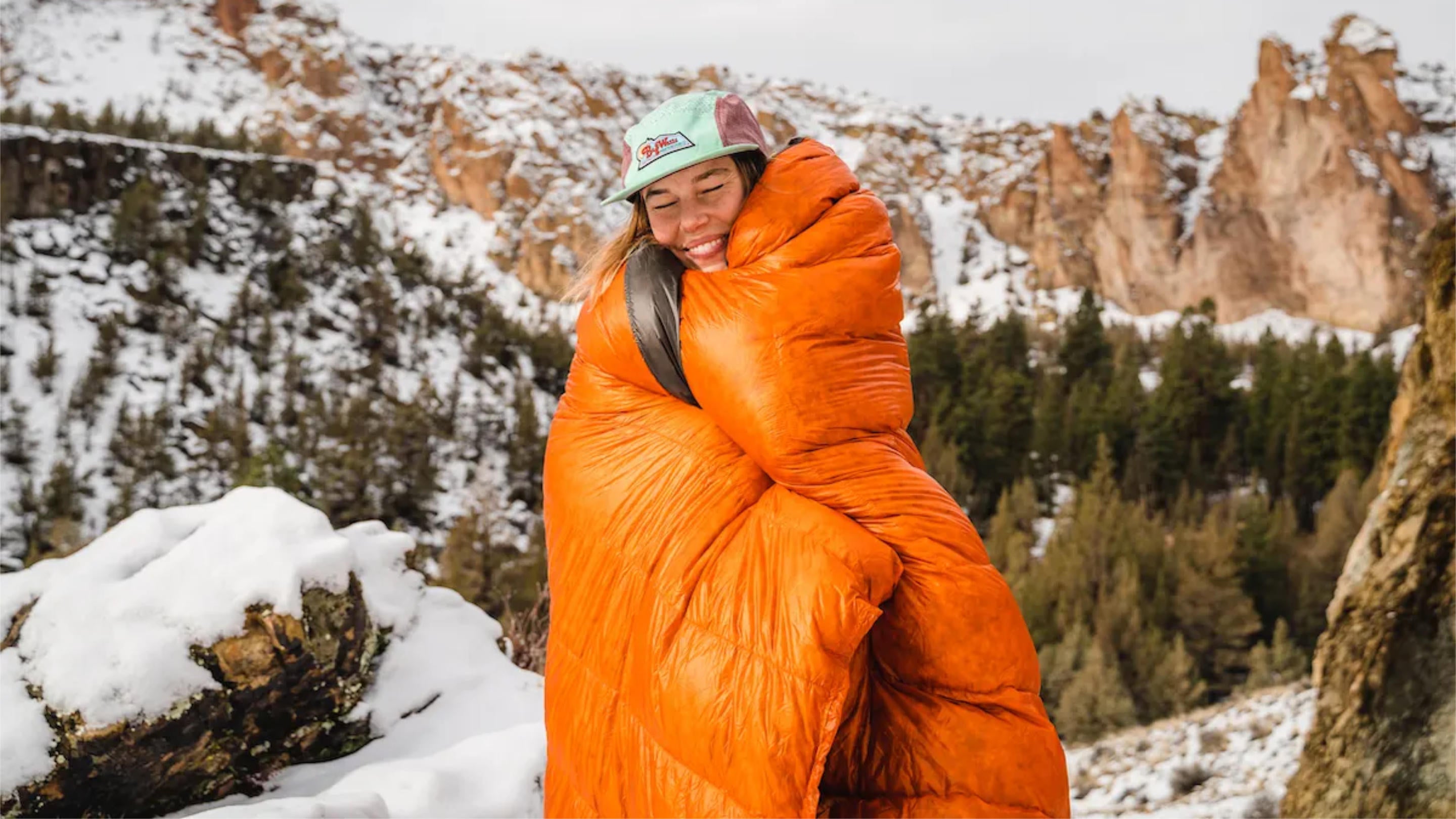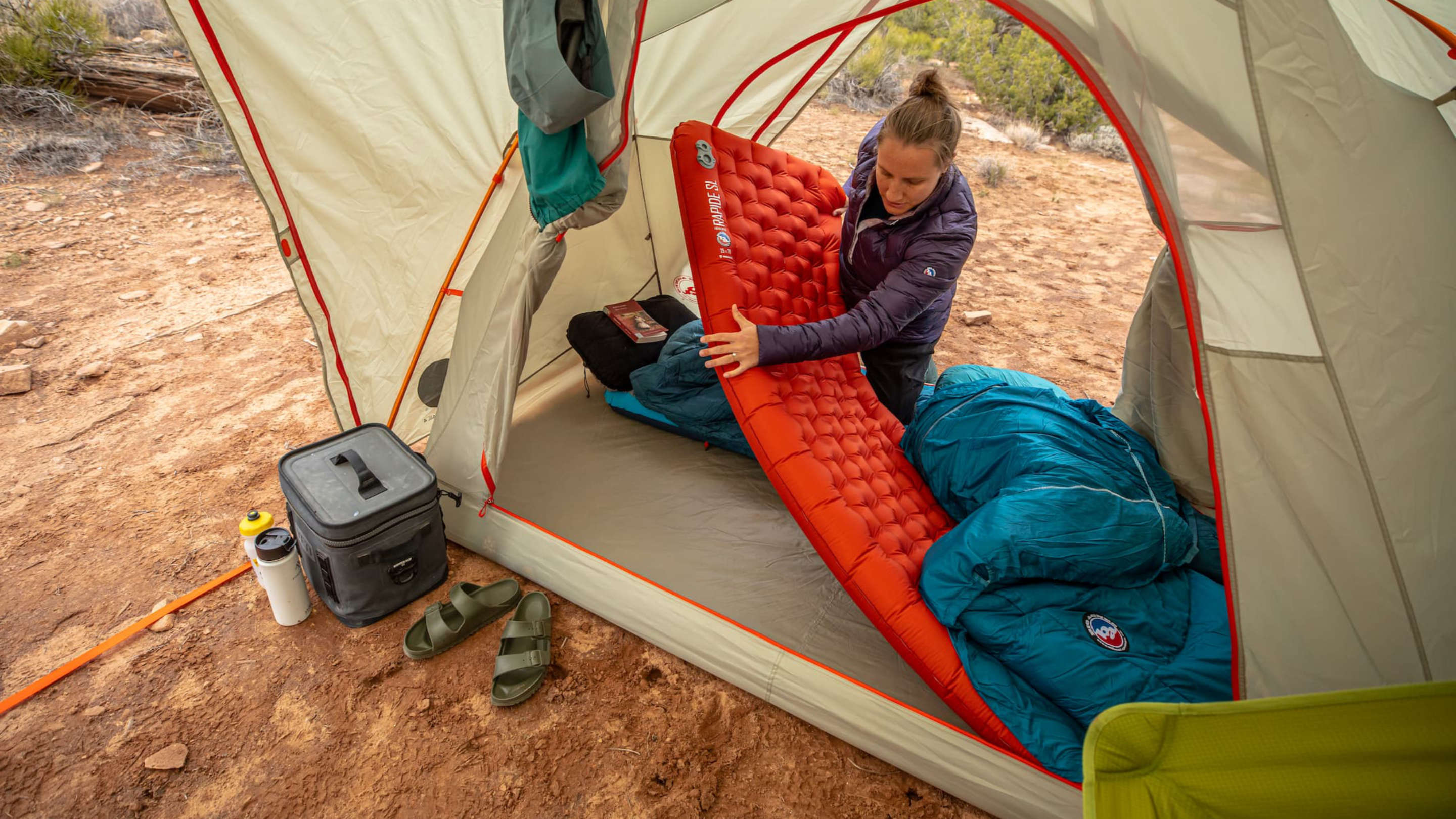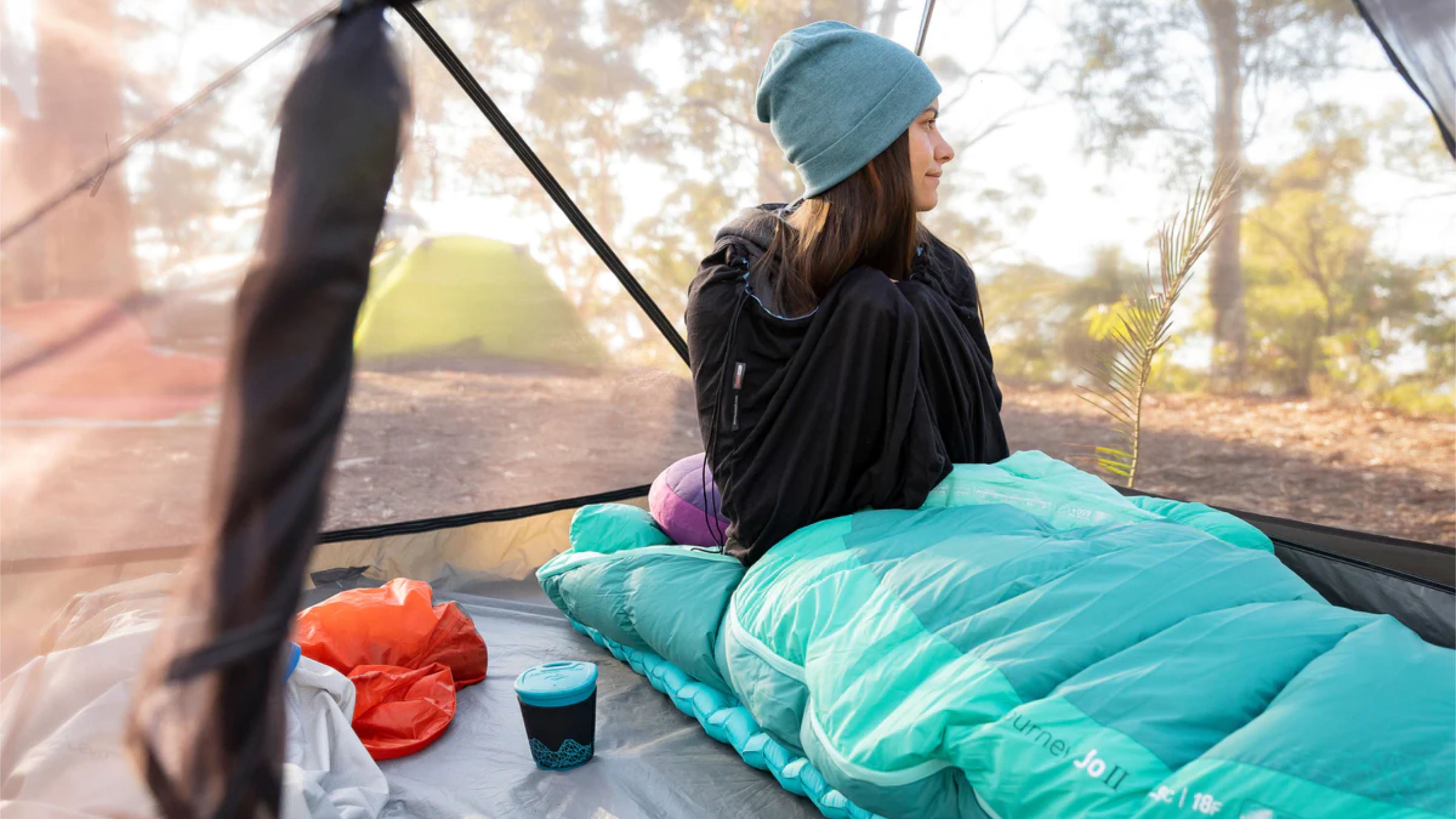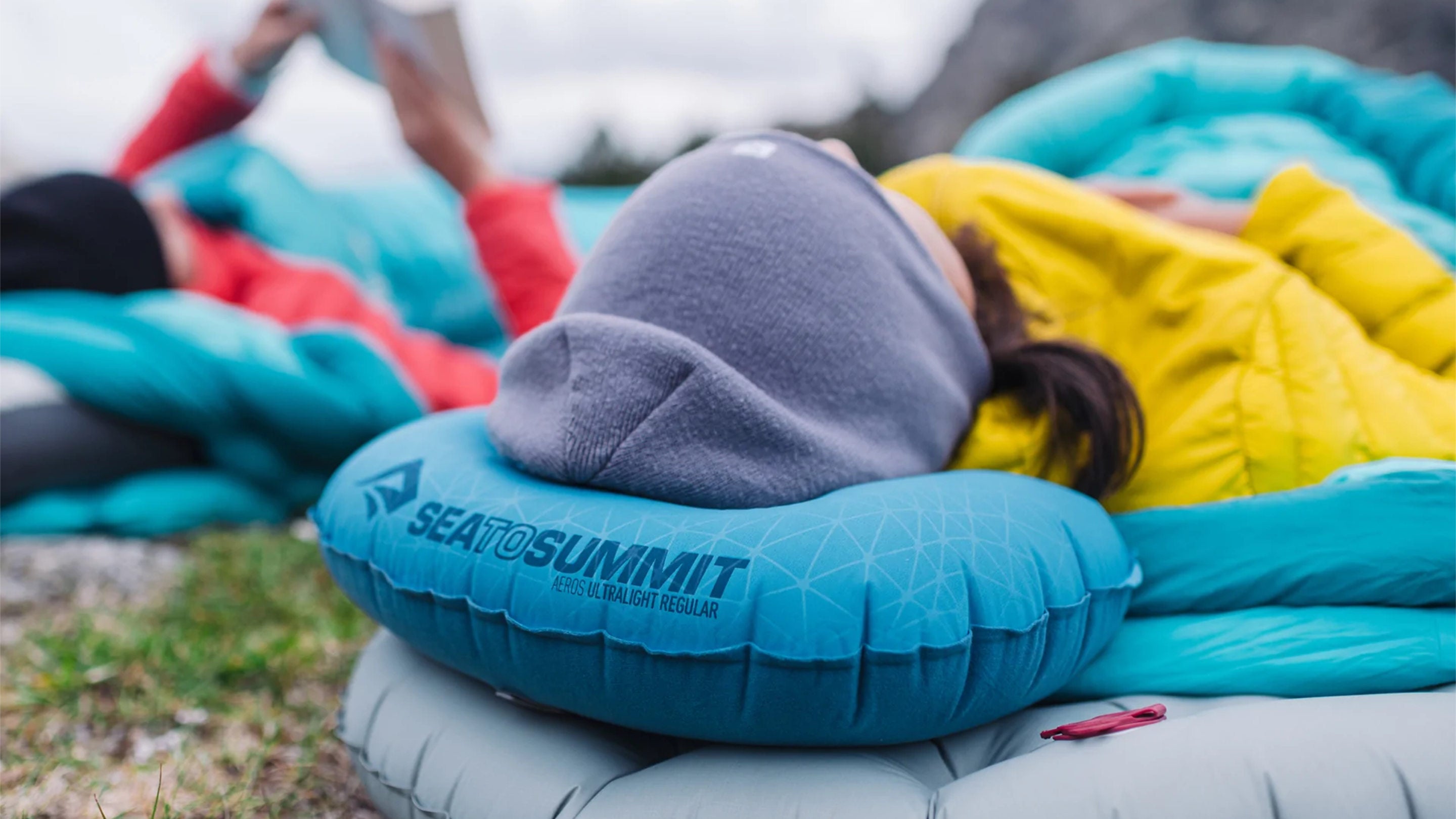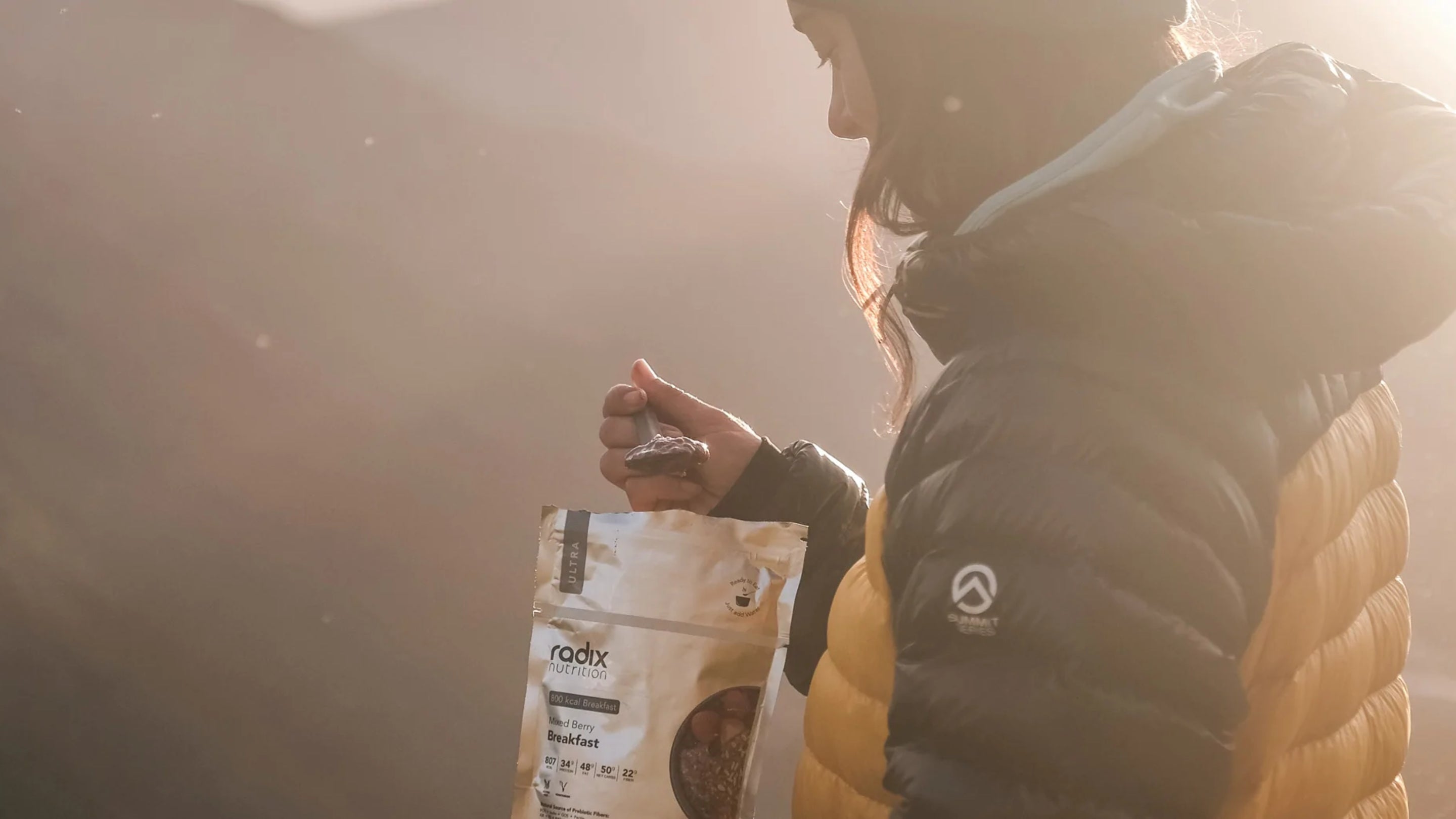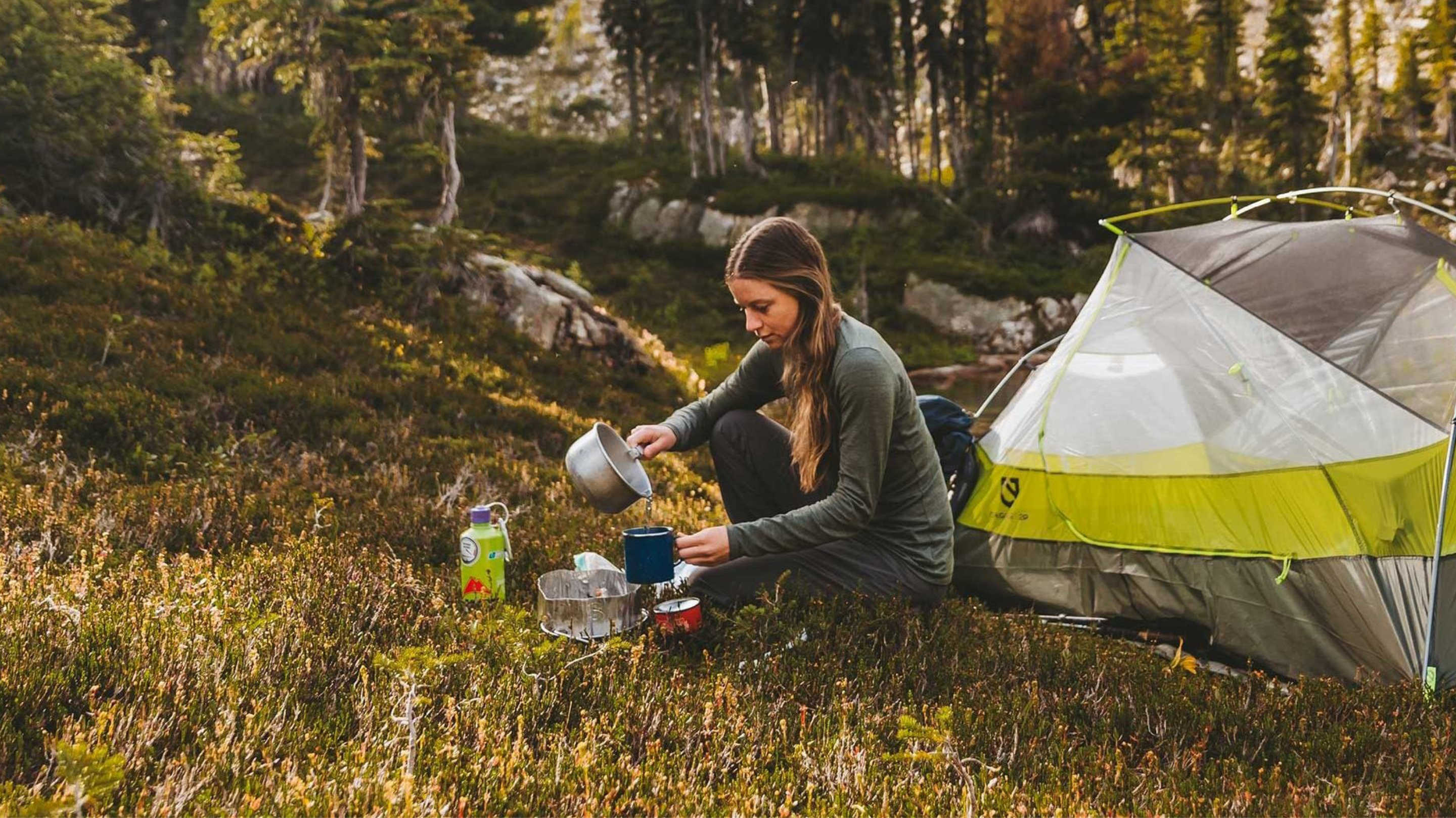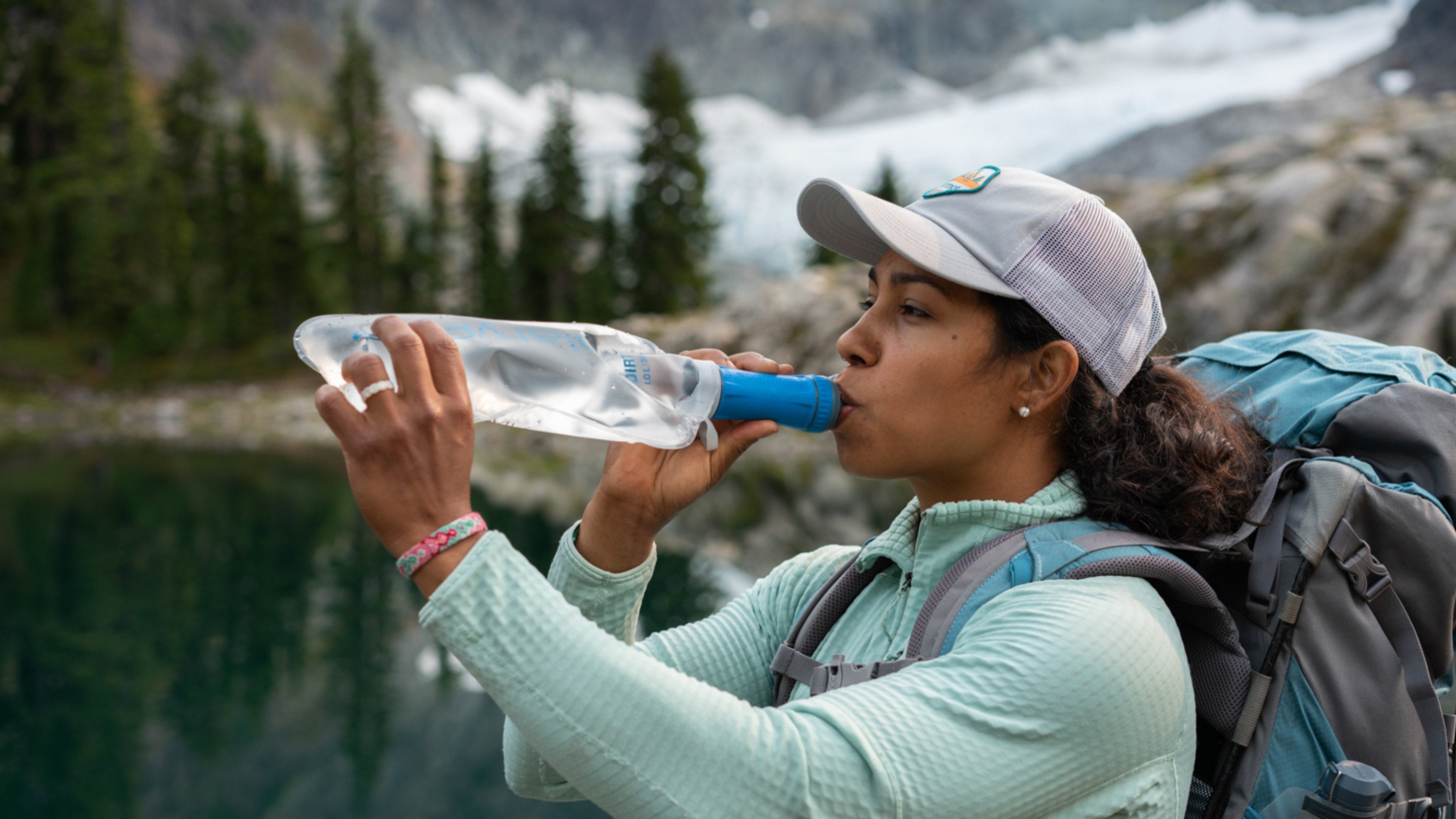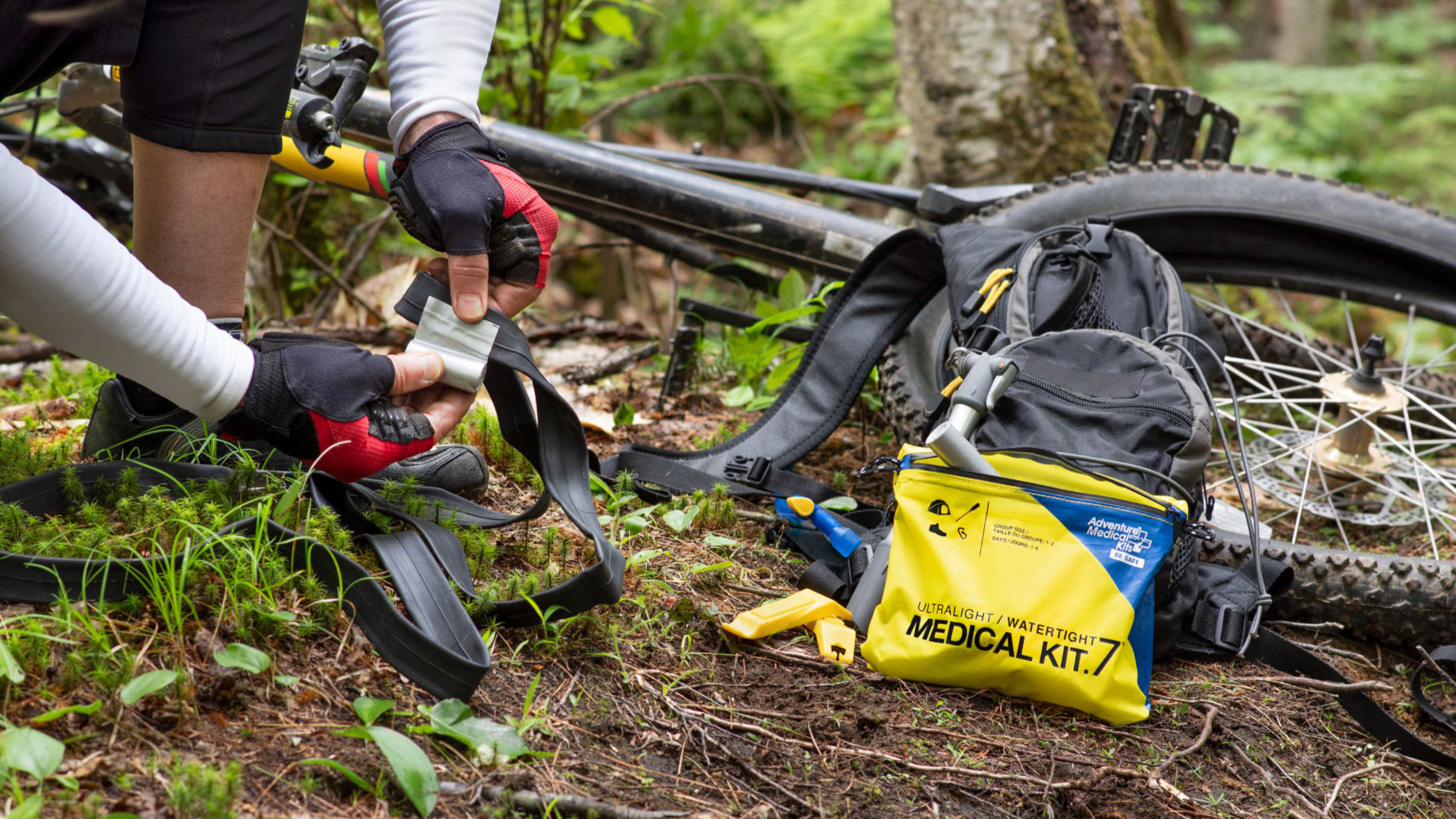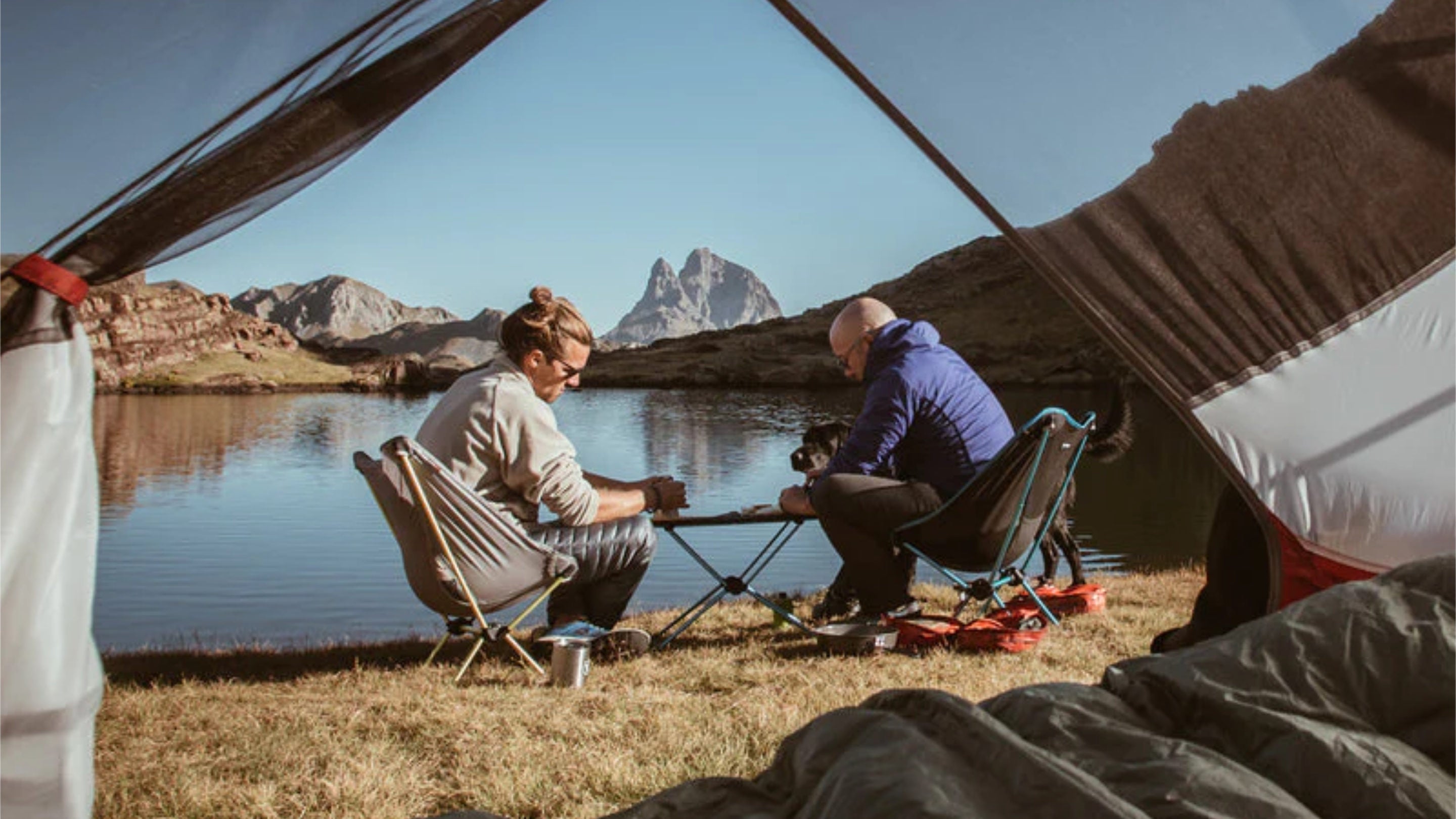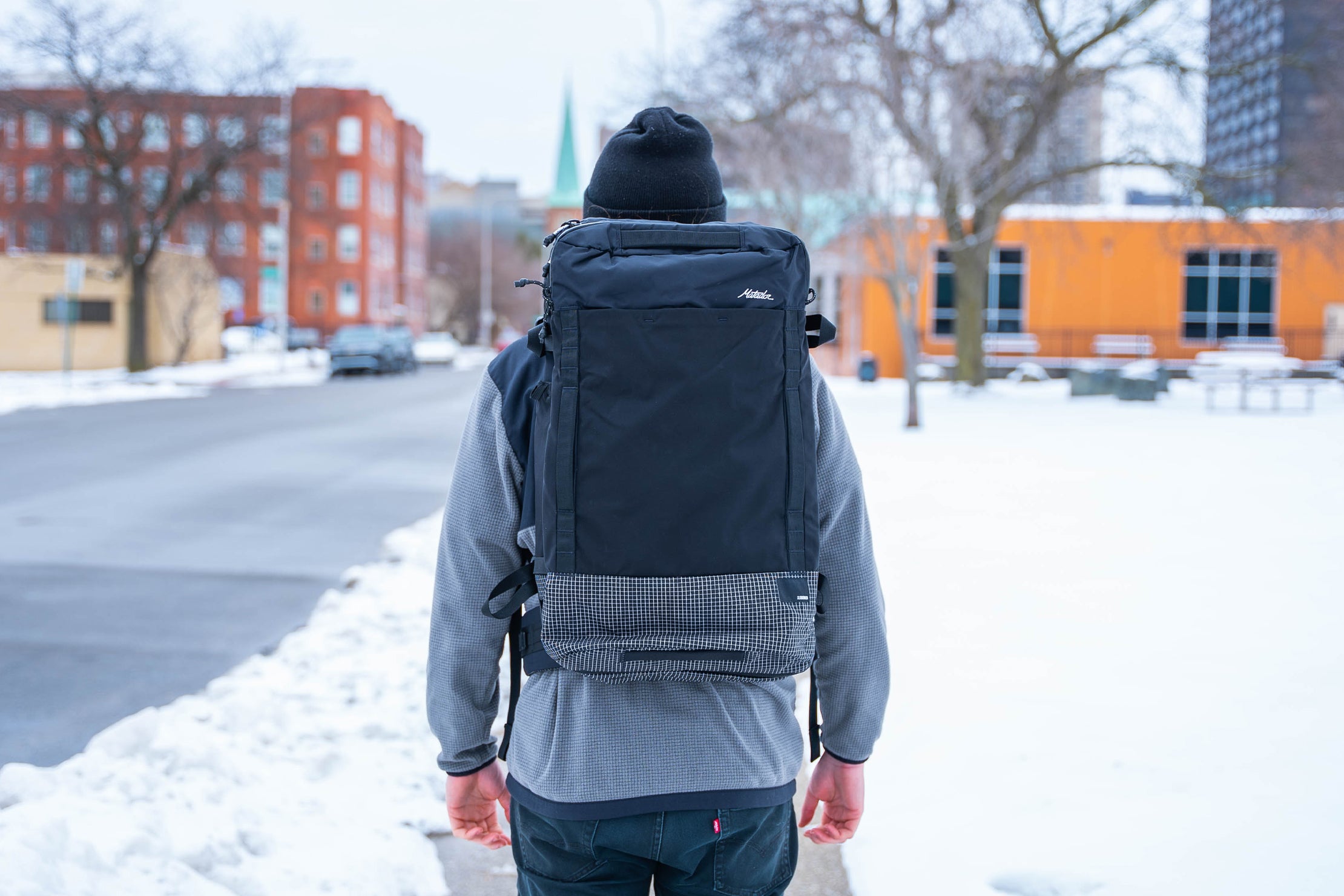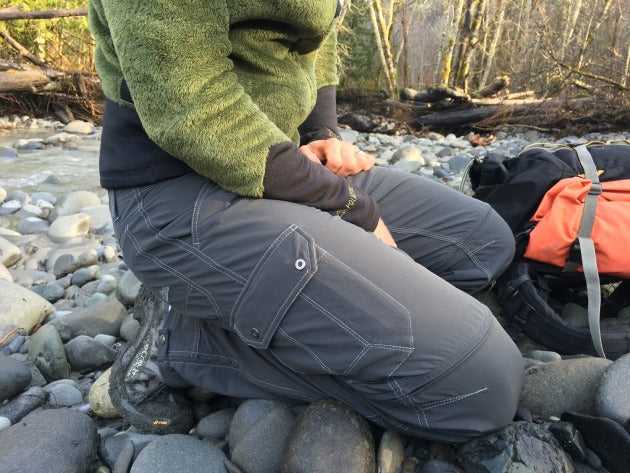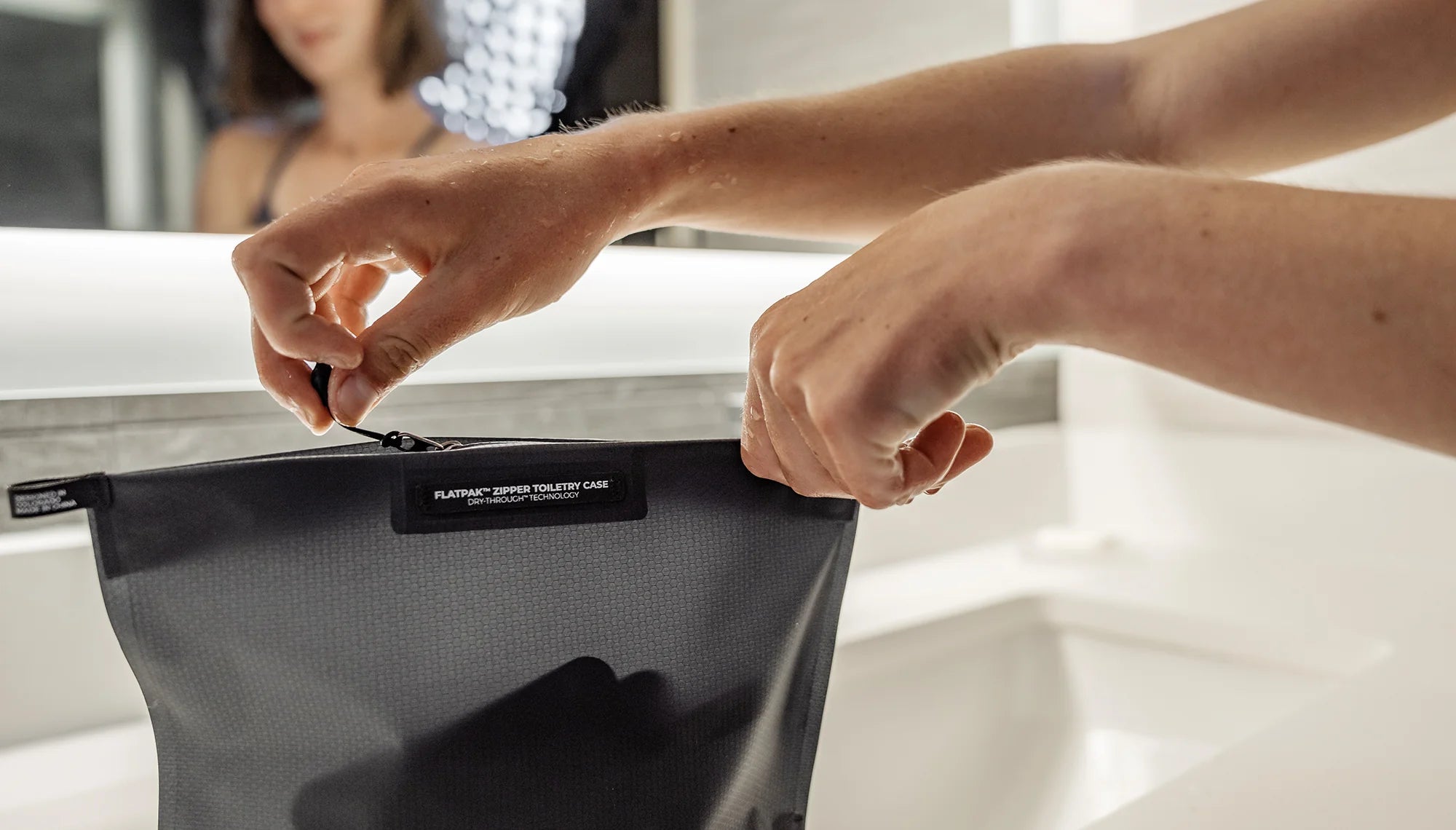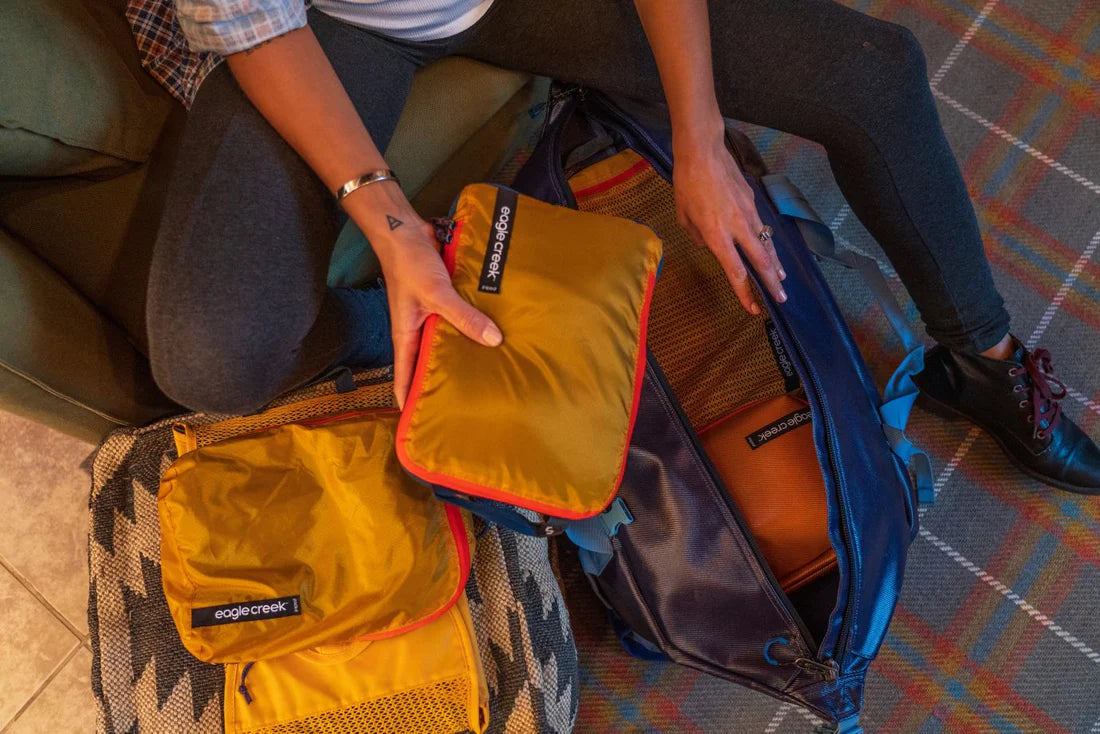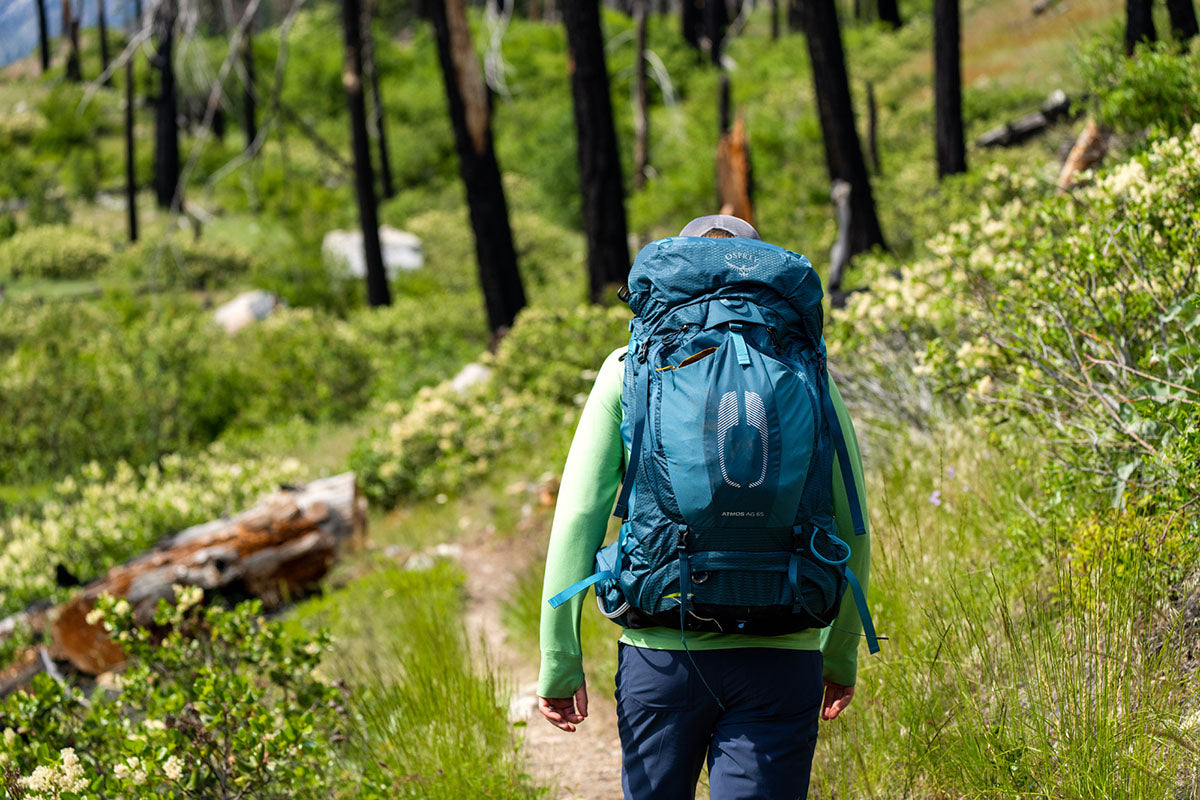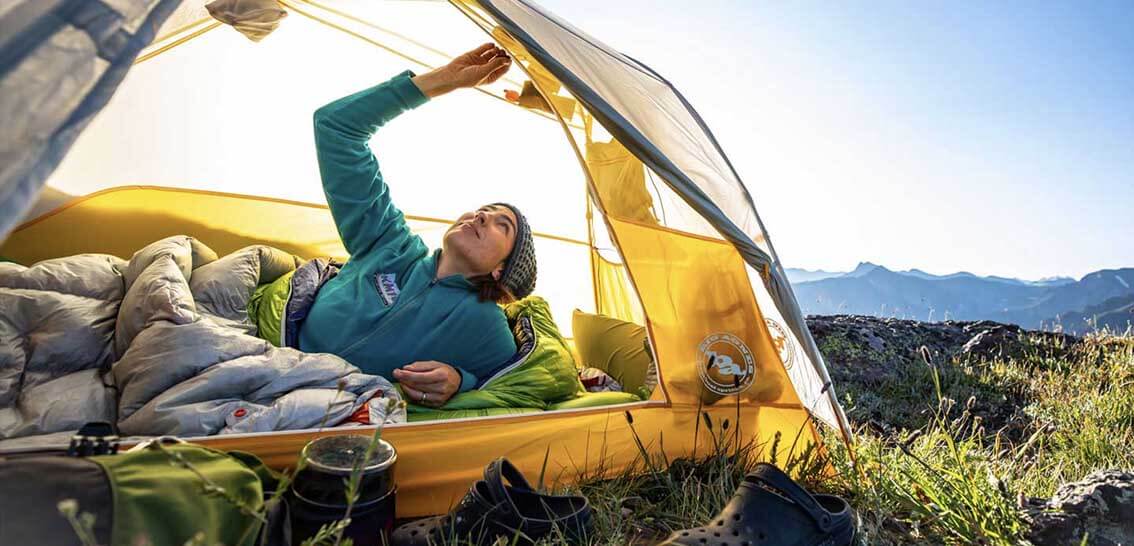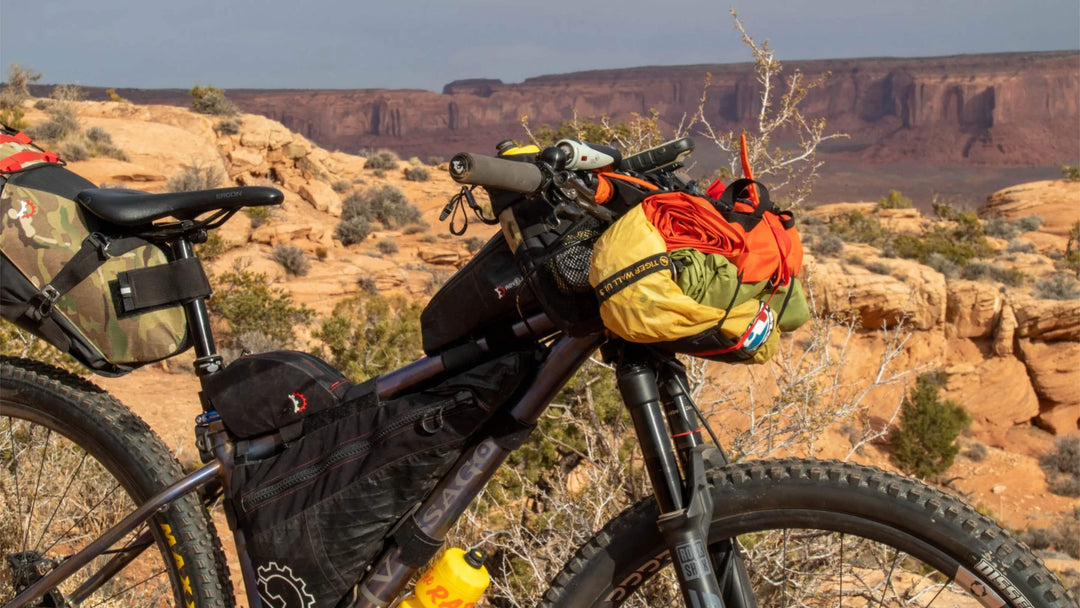Enlightened Equipment Temperature Guide
Summary
There are three different EN temperature ratings: Comfort, Lower Limit, and Extreme.
- The Comfort Rating is based on the temperature for an average woman to sleep through a night on their back without being cold. This rating is less common, usually used for big-box camping bags. Enlightened Equipment sleeping quilts generally fall between Lower Limit and Comfort Ratings.
- The Lower Limit Rating is based on an average man in a curled-up position without risk of injury/hypothermia. This is the most common rating used.
- The Extreme Limit is the temperature for an average woman to survive through a night without the risk of dying of hypothermia. This is a generally impractical way judge the warmth of a quilt/bag, and is almost never the listed rating.
Factors to consider:
- No sleep system is complete without insulation between you and the ground. A sleeping pad is essential to staying warm at night.
- Ask yourself, "Do I sleep warm or cold at night?" and adjust accordingly. Be honest, and consider a warmer quilt if you sleep cold.
- Adjust your temperature rating based on the coldest expected temperature for your adventures, then a bit colder.
- Knowing how warm or cold you sleep is the largest variable for finding the right temperature rating for you.
Further Information:
The 3 temperatures of EN/ISO standards for sleeping gear are comfort, limit, and extreme. They are based on a heat loss test that measures how quickly heat is lost through the quilt. The temperature ratings you see on our product pages correspond most closely to limit temperatures--the middle number in the EN/ISO range. Use of limit temperatures is standard among men’s and unisex bags. This is not the same as a survival rating. (We don’t list extreme/survival temperatures, as it’s unsafe to use any quilt or sleeping bag at its extreme temperature.)
- Comfort temperature is defined as the lowest temperature at which a person in a relaxed position (i.e. lying on their back) is not feeling cold. Many manufacturers use comfort ratings for their women’s gear. But anyone who sleeps cold should consider it. A quick way to estimate the comfort temperature of a quilt or bag is to add 10-15°F to the limit temperature.
- Limit temperature is defined as the lowest temperature at which a person in a curled-up body position is not feeling cold. Hot sleepers, or folks who plan to layer, can look to this number. All EE temperature ratings can be considered to be limit temperatures. This is warm for some, and cold for others, which is why it’s important to know yourself.
- Extreme temperature is the temperature at which there is risk of health damage by hypothermia. Some people call it the survival rating. This is a useful thing to know for emergencies, but it’s not recommended to buy a sleeping bag intending to use it at its extreme temperature.
How should I choose a temperature rating for my new EE quilt?
- The EN/ISO limit temperature ratings were developed based on averages, so it’s useful to know yourself. Maybe you run colder than average, or warmer. Take into account that you might be tired and hungry when you’re using the product, and this may affect your ability to keep warm.
- It’s also extremely important to view your sleep system as just that: a system. A sleeping bag or quilt alone won’t keep you warm if you’re losing your body heat through your sleeping pad. For temperatures below 30°F, we recommend looking for a sleeping pad with an R-value of at least 4.5.
- As great as the EN/ISO test is, it’s only a test and doesn’t have all the variables of an outdoor experience. So take our temperature ratings as a guideline, but know yourself and your gear, and make sure you’re properly using and caring for your sleep system. For quilts, this means understanding how the pad strap and snap closures work, having a suitable sleeping pad for the conditions, maintaining your quilt’s loft, and things like that. See more tips for choosing a temperature rating.
Further information on EE quilt temperature ratings can be found here.


